After six months of dragging around our heavy hiking boots, we were finally able to put them to good use. Our next Himalayan adventure would be on foot. Hiking the Manaslu circuit trek.
The Manaslu circuit trek is far less crowded than the popular treks around Everest and Annapurna. The two week hike circles Manaslu, the world’s eighth highest peak at 8,163 meters (26,781 ft). Buddhist monasteries, architecture and traditions had left us feeling we were in a completely different country and sometimes even in the neighboring territory, mystical Tibet.
Permits, porters and guides
Our bikes were safely stored at the lovely hotel where we’d recuperated from cycling the Annapurna. We had spend most of our days trying the local cuisine, relaxing in bed, ordering kati rolls and pizza to our room and preparing for the two week-hike.
At one of the many tour offices we negotiated for a guide and a porter to carry our backpacks. It’s not cheap to do a long trek off the beaten trek in Nepal. We needed three expensive permits that already set us back 125 USD each. We agreed upon a price that seemed fair to us which included everything. Transport, three meals a day, porter and guide plus accommodation at the teahouses. Hot showers and wifi were not included, but for a chai with every meal we closed the deal.
The strong porter
Bringing along a porter was sheer luxury but made our hike a lot more enjoyable. We bought a cheap knockoff backpack in Pokhara and borrowed trekking poles from our friends. We only packed what was absolutely necessary to save our porters back. Lalu was a tiny man in his late fifties. Not only did he carry our two backpacks, he also had his own bag. He would still walk miles ahead every single time and waited for us while het sat there, smoking his little hand rolled cigarette.
After a one and a half day very bumpy bus ride, our trek started in Soti Khola. For the first two days we walked on the new jeep track. Sometimes we would catch a glimpse of the old hiking trail, seeing what was in store for us. A typical Nepali flat trail, meaning it constantly went up and down along the cliff. Climbing the whole day without actually gaining any elevation.
Jeep track to rocky trail
As promised to us by our guide Mayla, about two hours after Macha Khola we crossed a bridge and the rocky trail and actual climbing started. From now on we only shared the trail with locals and porters and donkeys carrying up all sorts of goods. Groceries, entire fridges, metal components for the suspension bridges, they somehow even managed to get a pool table up there.
The first part of the trail followed the Buri Gandaki, a long river gorge with many suspension bridges. We trekked from the subtropical jungle at lower elevation to forest and rice paddies in the Himalayan foothills. We climbed countless stone staircases, crossed steel suspension bridges and greeted the friendly locals in their picturesque villages.
Our worst nightmare
The only other trekkers we met were all coming back down from the pass. It had been closed for days now after heavy snowfall a few days earlier. They had given up waiting but we still had hope the sun would melt away some of the snow. Here in the valley it was still very warm and the forecast was promising after all.
But just what we had feared became reality very quickly. At the checkpoint in Philim officers told us the pass was closed and wouldn’t open again before next season. Instead of with trekkers, we shared the teahouses with locals making their way down from their villages to Kathmandu. Almost everyone had closed up for winter earlier than normal.
Walking amongst the Himals
We decided to keep walking and go as far as we could get. We were so bummed we couldn’t complete the entire trail. To make matters worse one of our camera’s also broke down. Our mindfulness practice was truly put to the test here in Nepal. We couldn’t seem to catch a break.
Bullocks of course. We were in one of the most beautiful parts of the world, we had each other and we were healthy and fit (enough). We peered into the beautiful Tibetan highlands and as we got higher and higher we awed at the sight of majestic peaks as the Singra Himal and the Buddha Himal.
Soaking it in
We decided to make our hikes a little shorter, giving us more time to soak up the mountain views. As we got higher we started to notice the difference with the Annapurna circuit. Besides the lack of other tourists, hot water and wifi, people were also different. Woman wore gorgeous Tibetan dresses and men and children also all dressed traditionally.
Fancy a shower?
One thing we didn’t particularly enjoyed was the tradition of not showering. People reeked as they walked past us and especially older people were covered in dirt. Their genuine toothless smiles still warmed our hearts. Presumably we didn’t smell much better since it had been a few days since our last shower. It was getting really cold here higher up in the mountains and we didn’t really fancy a cold shower either.
Mount Fishtail
After Namrung the valley widened and we truly entered the Buddhist culture area. Lho is one of the three bigger villages and at 3020 meter it was also the highest we could get. Beyond here there were no more teahouses open. From Lho we had an amazing view on the two peaks of the Manaslu. In the morning the white snow covered ridges turned to gold as the sun shone its first rays on Mount Fishtail. (Manaslu’s nickname thanks to the two peaks shaped as a fishtail.)
The village of Lho
On top of the hill of Lho lays a relatively new gompa (monastery), built for the many Tibetan refugees who come to live here. Lho is practically plastered to the Tibetan border and with a lot of special permits Tibetans can occasionally cross the border.
With our cramp-ons we climbed the icy steep path to the gompa, to find it almost deserted. There was one monk but all the others had also made their way down towards Kathmandu. Nevertheless, the view from here on Manaslu was even more spectacular so we took our time to enjoy and appreciate at what a special place we’d found ourselves yet again.
To road or not to road
With a positive mindset we started the hike back down again. Descending went a lot faster but definitely wasn’t easier. Our knees ached from all the stairs and we covered much more kilometers per day than before.
We talked and thought a lot about the road that was being build. Workers were using explosives and heavy machinery and soon the small villages would be accessible by car. It will probably drastically change the culture and hiking here won’t be the same. The small villages here had much more of a unique character than those along the Annapurna circuit.
A bad injury
The road will very likely generate more income for the villagers. More tourists will come with more money to spend. Soon enough you’ll be able to buy the same generic souvenirs we found everywhere in Nepal.
On our way down we also stumbled upon a local woman moaning in pain. The poor thing had tripped over a rock and broken her shin. She was lying there helpless and alone. Mayla rushed to the next village to get help. All the men had gone for the day to hunt and work, so she had to be carried by the women of the village. It was at least a one hour hike and they don’t have stretchers up there.
Professional care
Our guide explained that the doctor doesn’t come to the villages for a case like this. If she needed professional care, she had to be carried for another four hours. We were complaining about the pain in our knees from walking the rocky trail. But we were also complaining about the road being built, because it will change their local culture. This woman probably never got the same professional care we would get if we tripped and broke our leg. Our insurance covers a rescue helicopter to haul us to the best hospital in the country. This woman only needed a road.
Loss of identity
Something as simple as a road can drastically change the identity of a place. It can also drastically improve the lives of those who live there.
As UNESCO states: (…) A society’s culture is neither static nor unchanging but rather is in a constant state of flux, influencing and being influenced by other world-views and expressive forms. The current era of globalization (…) is having a homogenizing influence on local culture. While this phenomenon (…) has provided millions of people with new opportunities, it may also bring with it a loss of uniqueness of local culture (…) Balancing the benefits of integrating into a globalized world against protecting the uniqueness of local culture requires a careful approach. Placing culture at the heart of development policies (…) to invest in the potential of local resources, knowledge, skills and materials to foster creativity and sustainable progress. (…)
Sustainable tourism
Somehow the Nepalese government needs to take all those different cultures and traditions into consideration whilst modernizing the country. With tourism being the largest industry in Nepal, sustainable tourism could really make a big difference here. There is still a lot to learn about this subject, for us too. By going off the beaten track we hope to at least stimulate local economy.
Lakeside shopping
Globalization and modernization isn’t all bad. We had quite the laugh when we saw a woman in traditional clothing wearing a Santa’s hat. We saw here from the bus that would take us back to Pokhara. Back to our luxury hotel and our favorite restaurant. Back to the ugly generic shops all selling the same knock-off brands, providing all those people with an income.
Thank you Nepal
Nepal had been a challenging country, physically and mentally. We’ve learned about culture, about tourism, but also about ourselves. And after a total of four weeks adventuring in the Himalaya’s we were beat. We were leaving our bikes and the mountains behind for the beaches of southern India and Sri Lanka. Those mountains were getting too cold now anyways.
Don’t forget to follow us on Instagram!
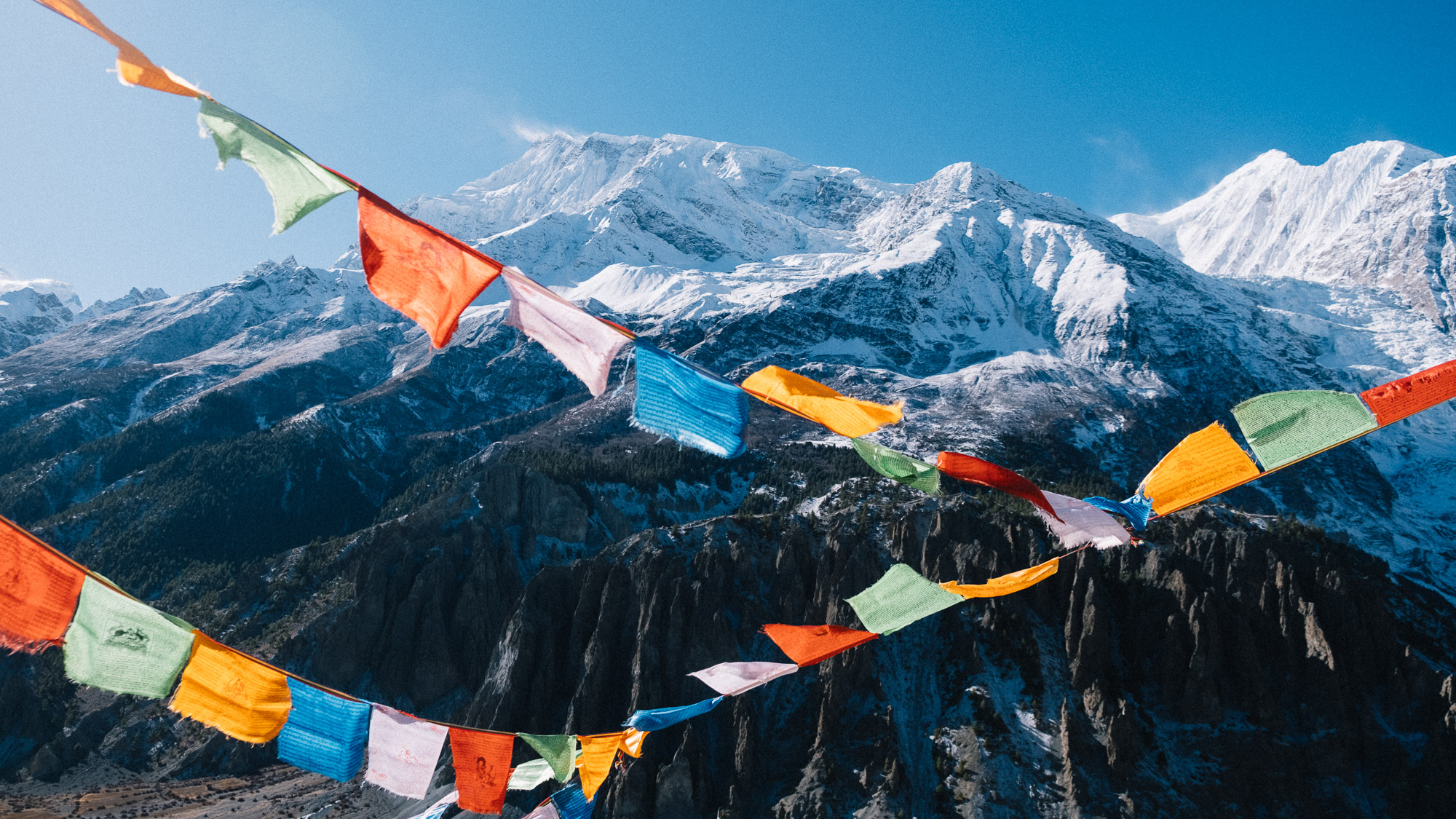
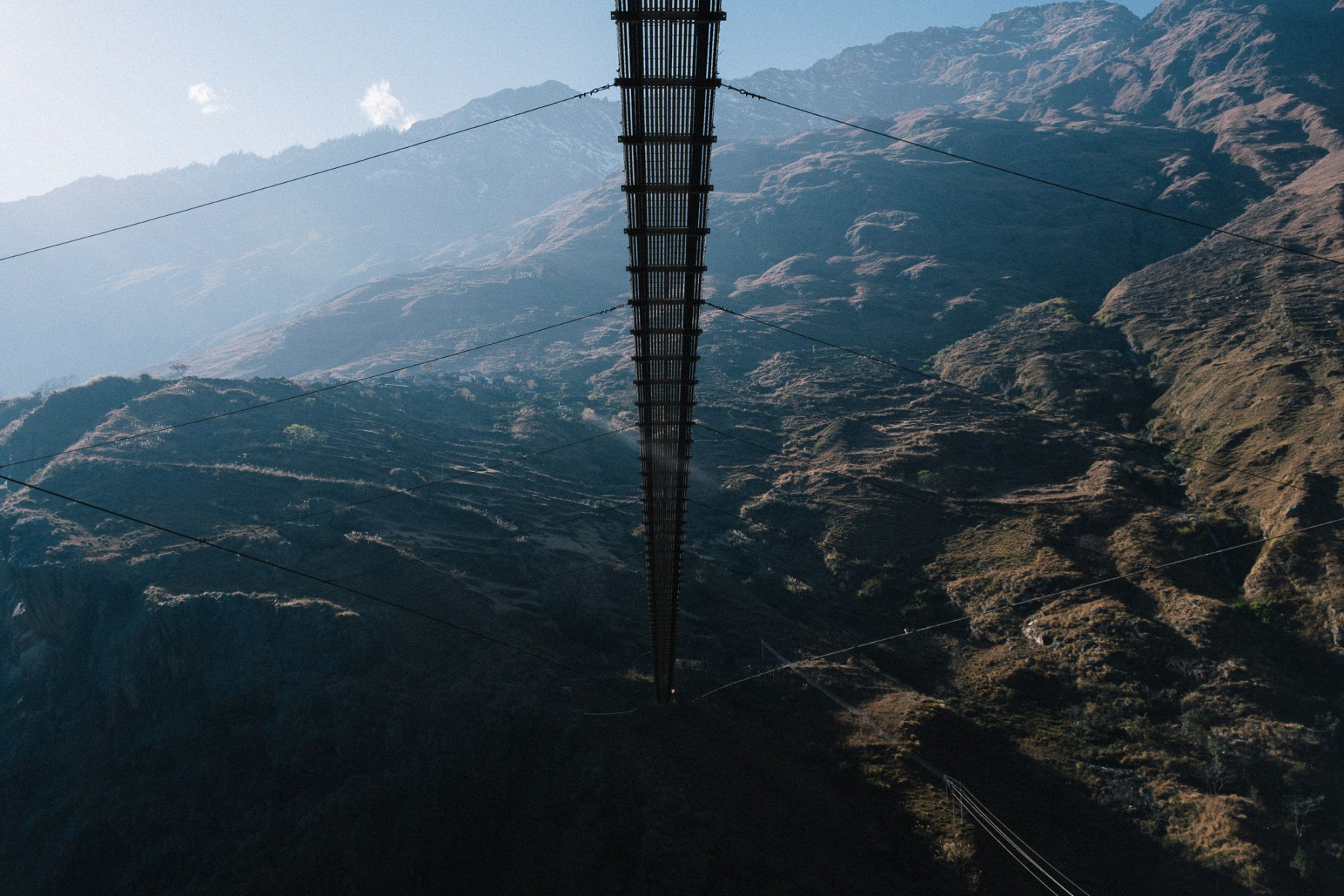
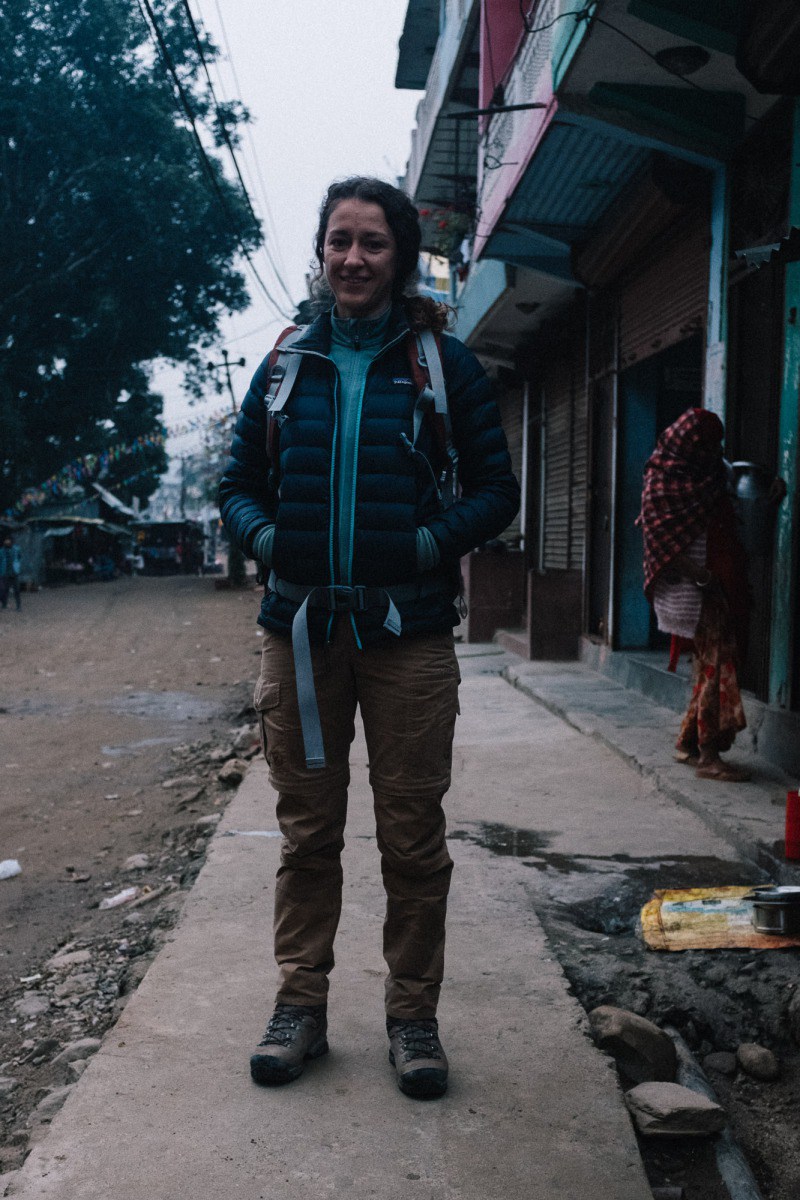
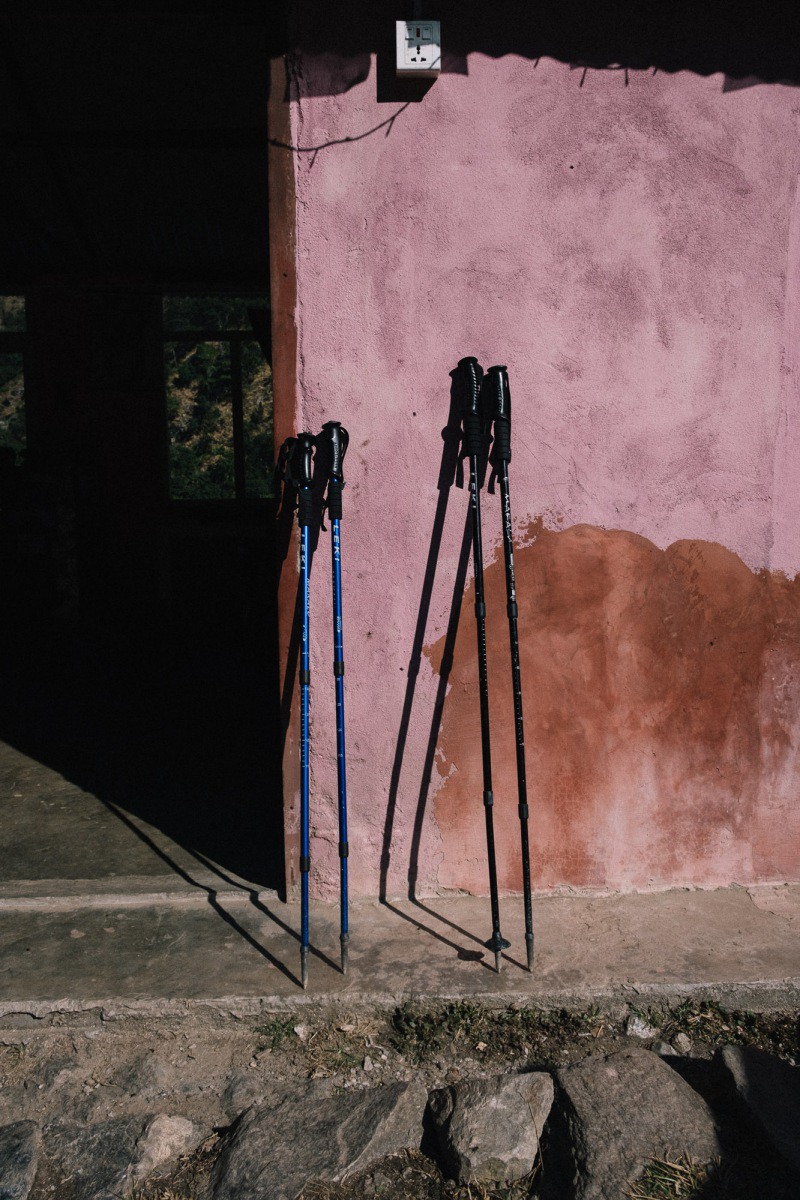
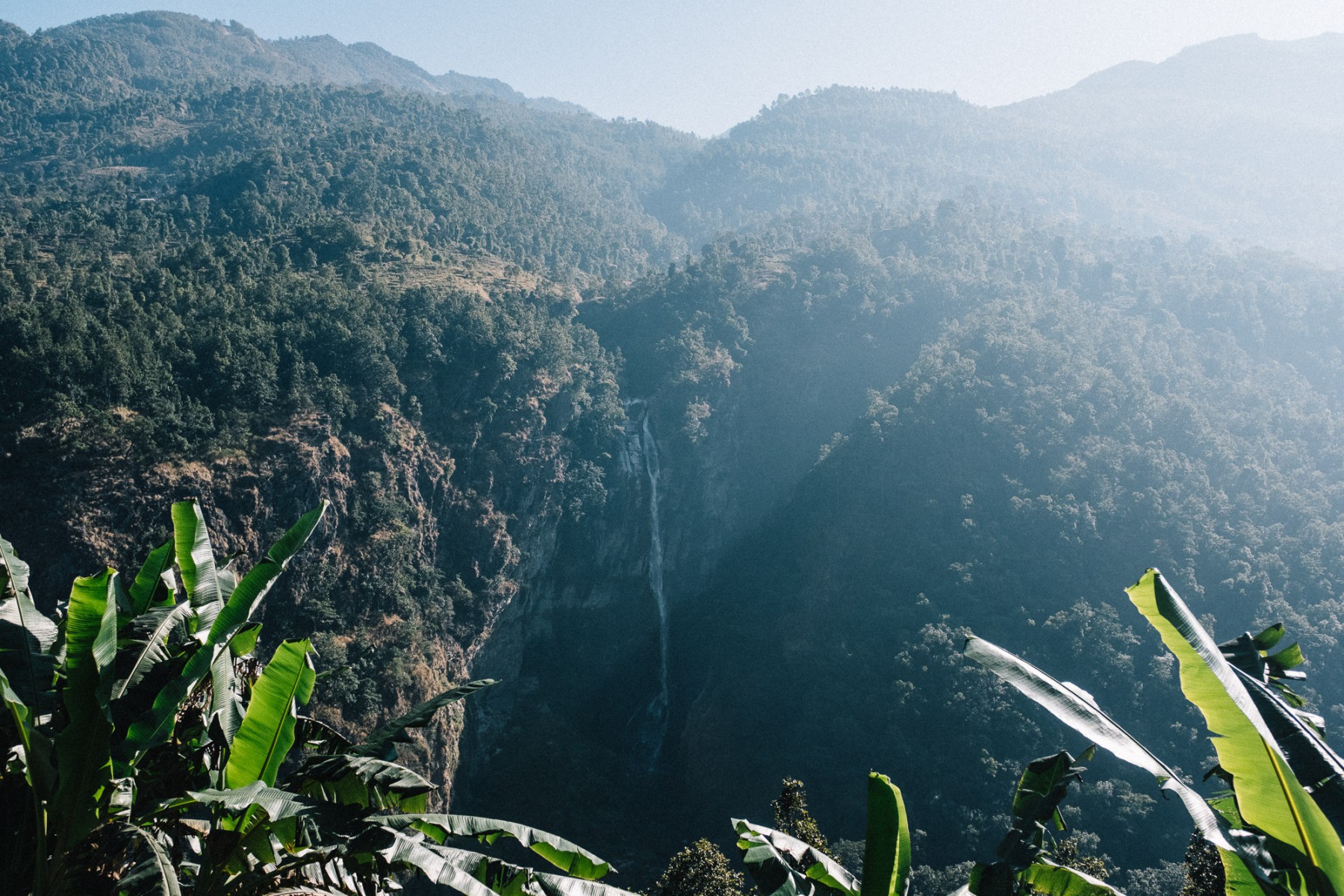
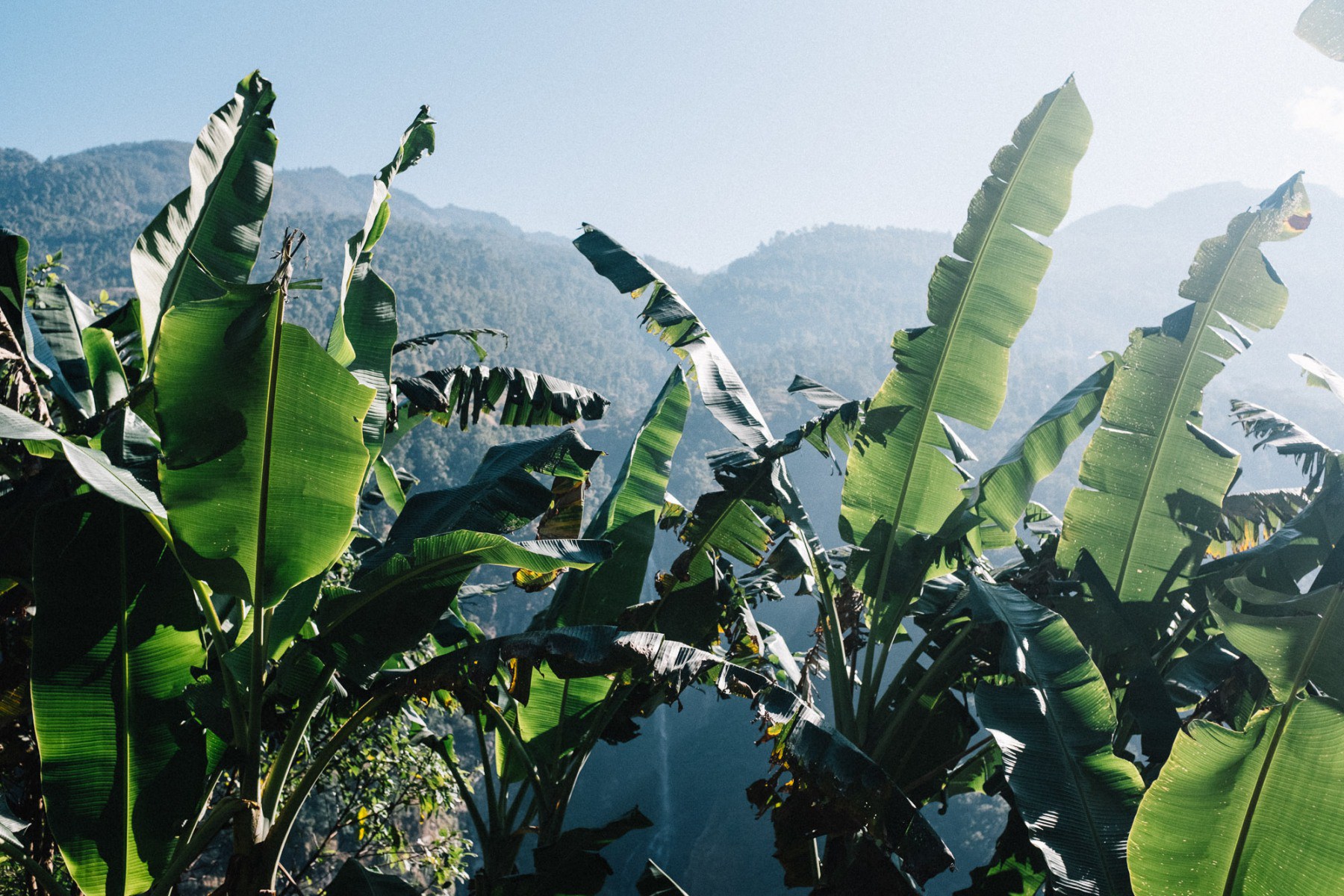
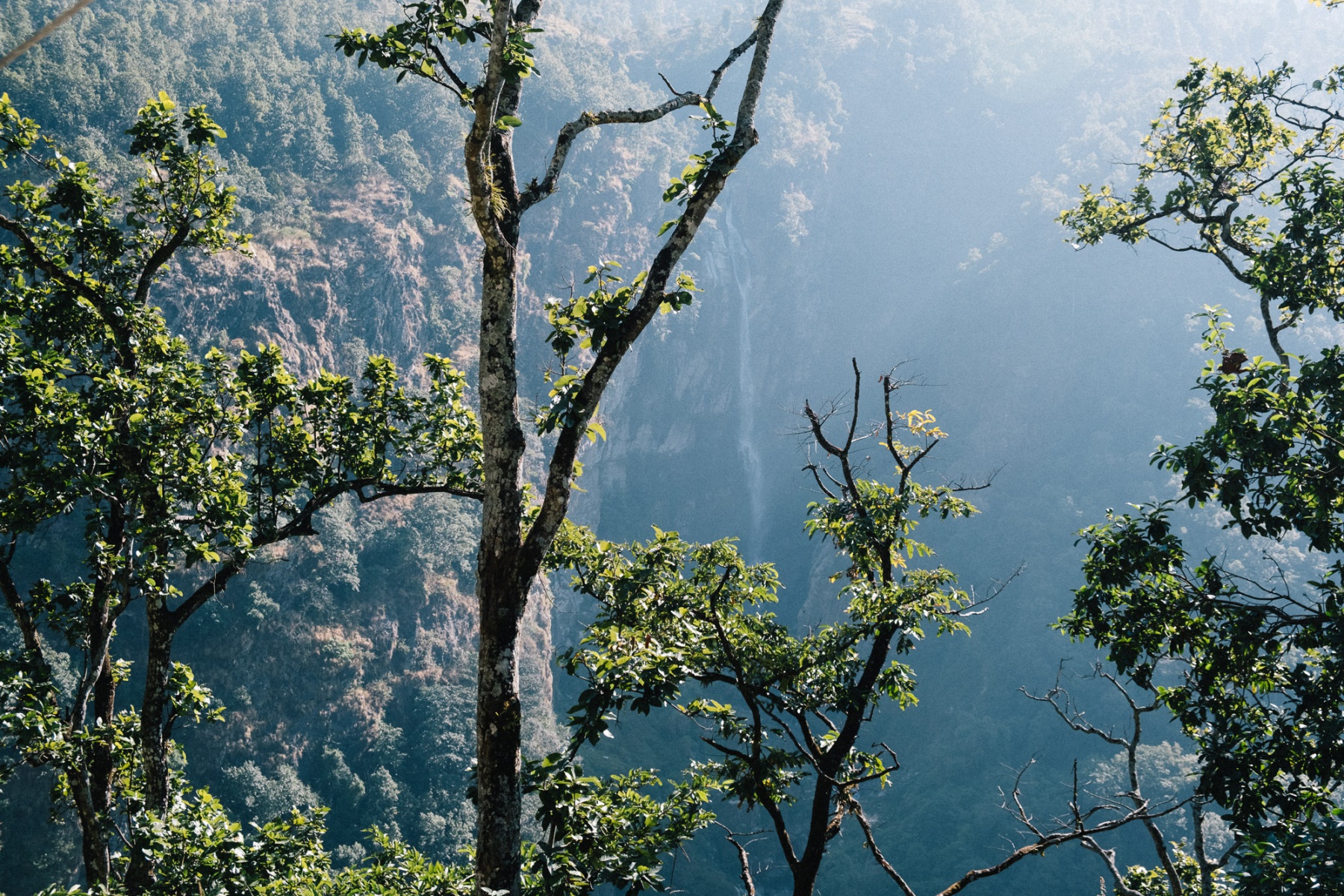
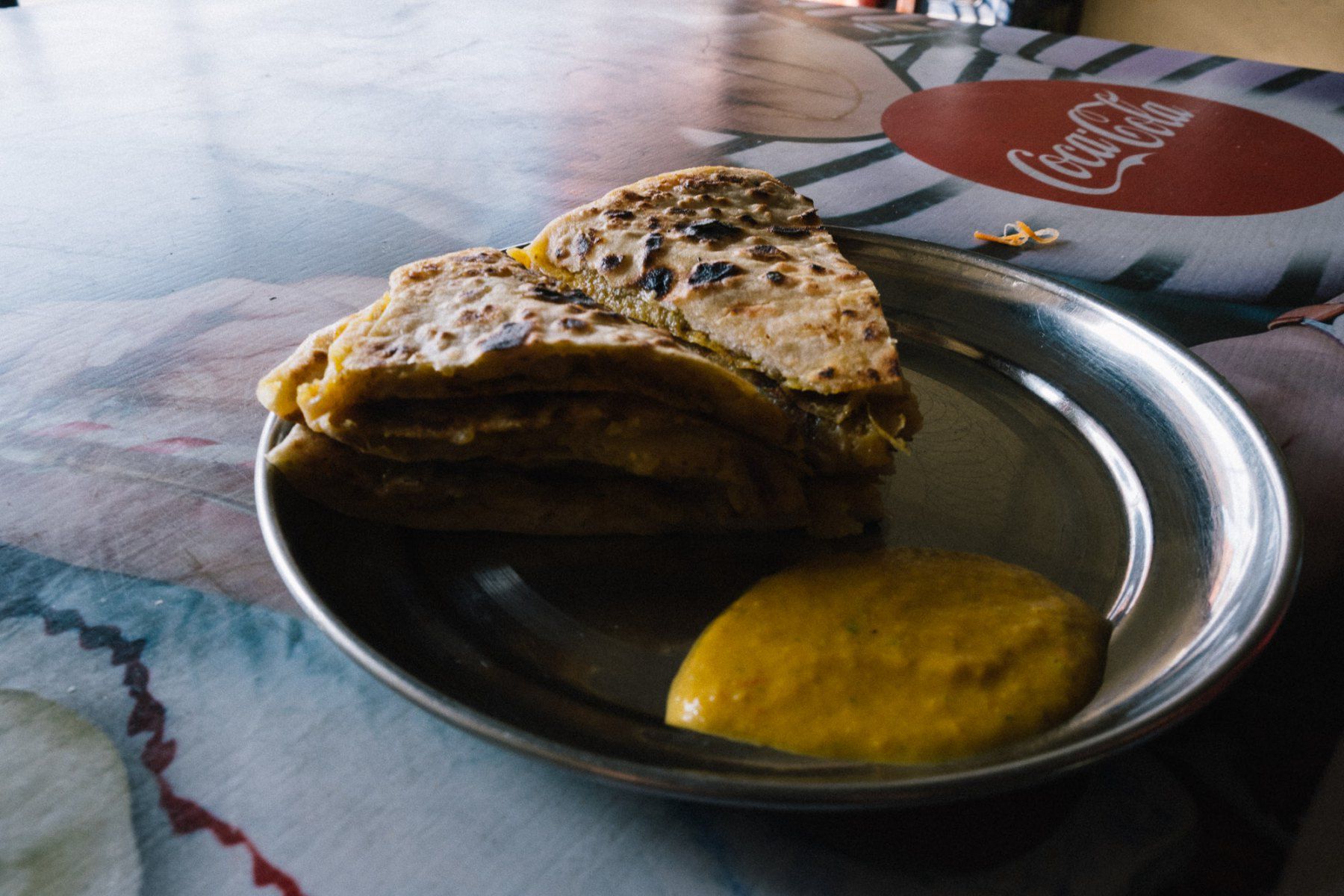
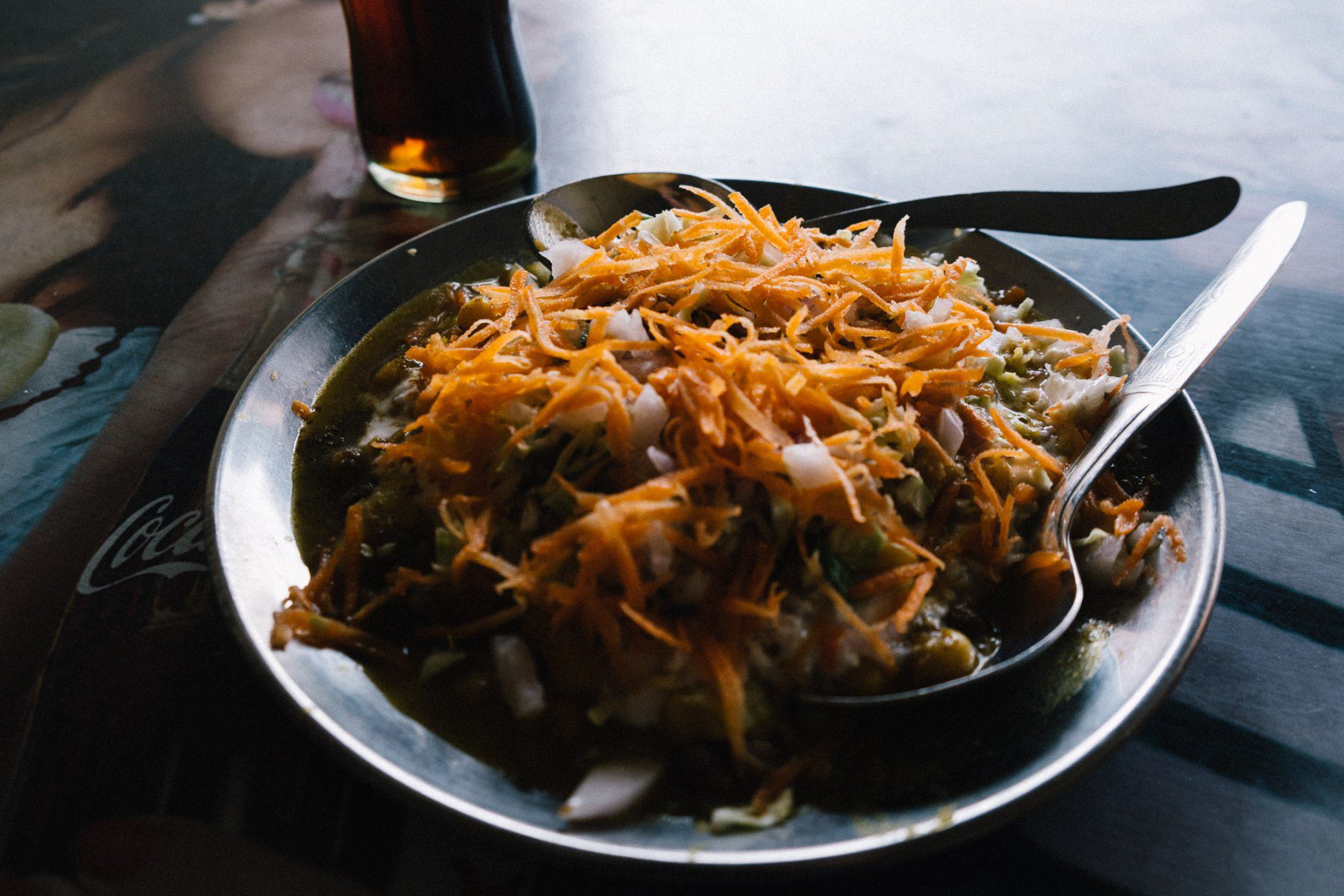
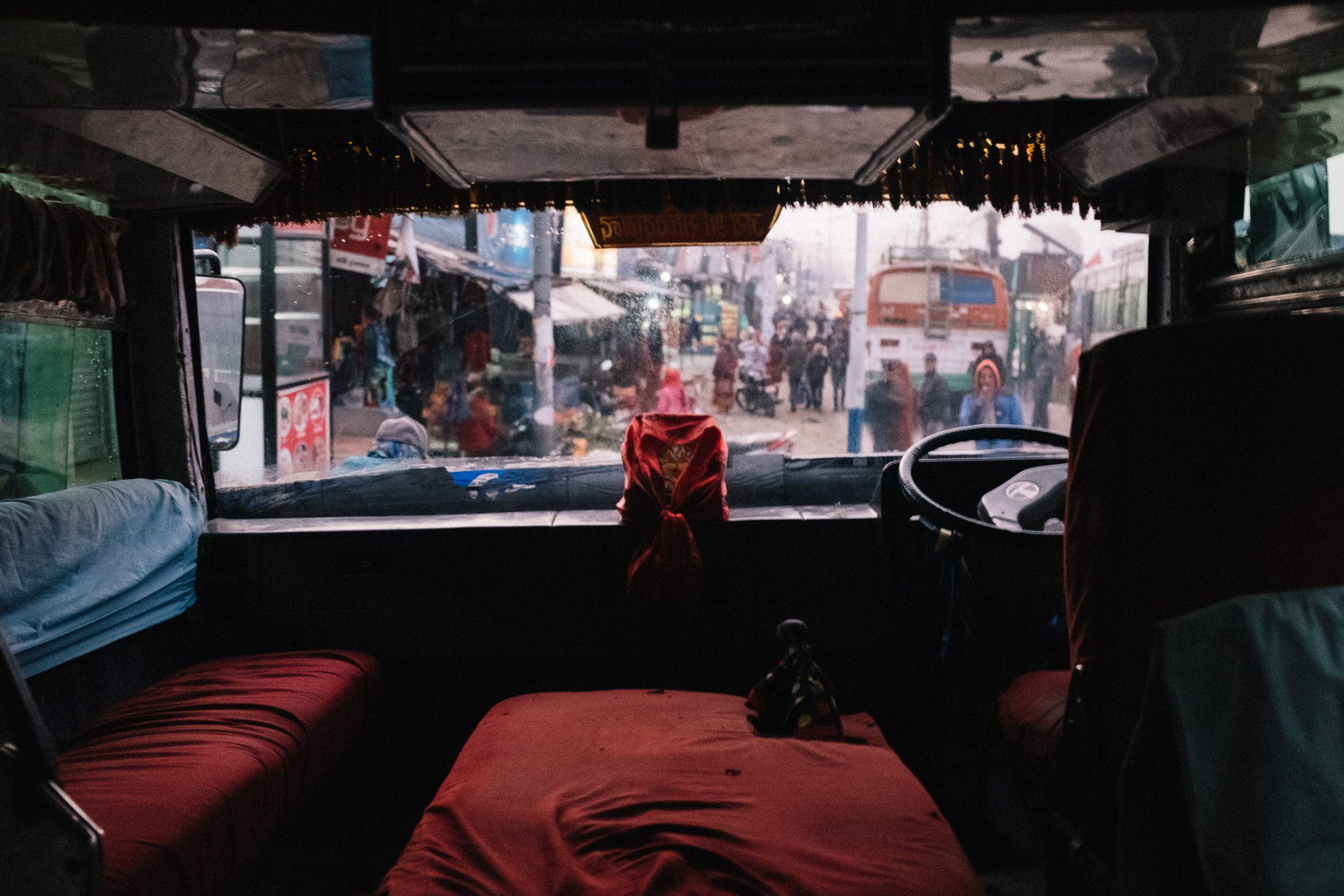

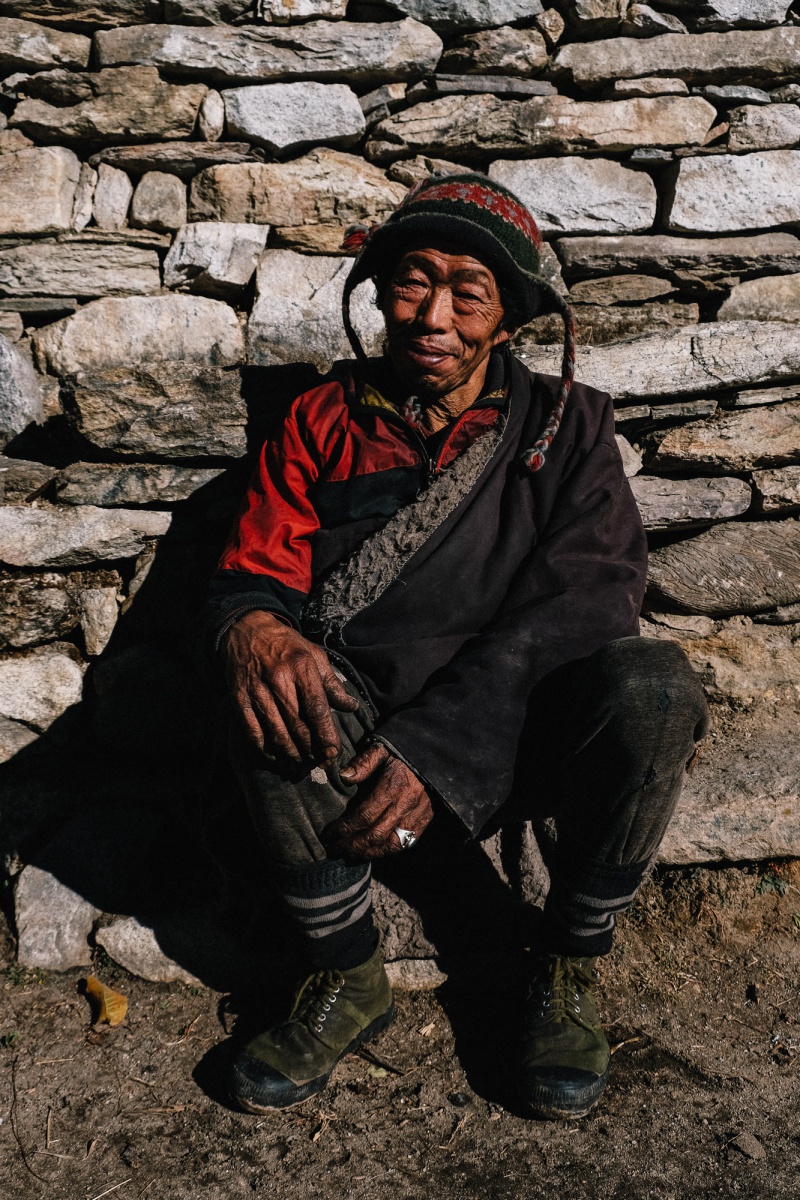
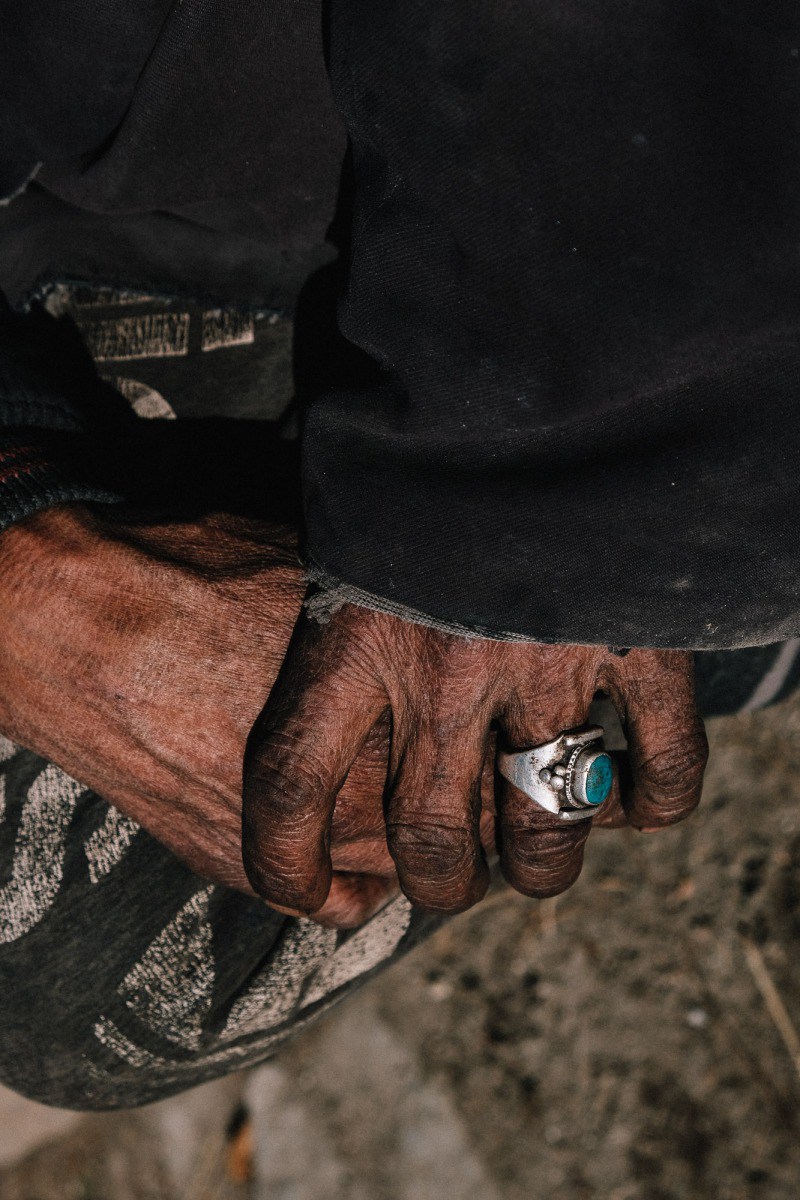
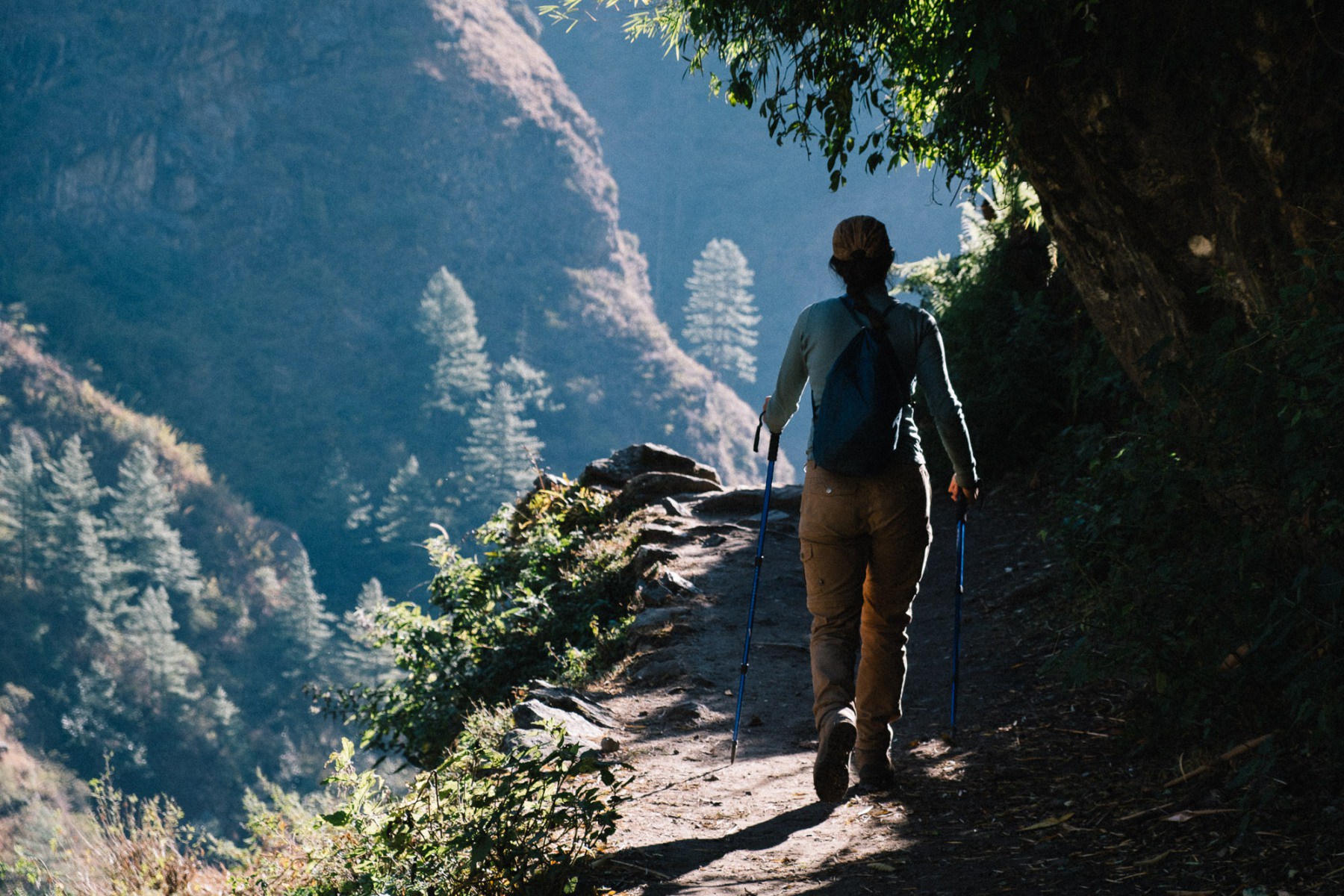
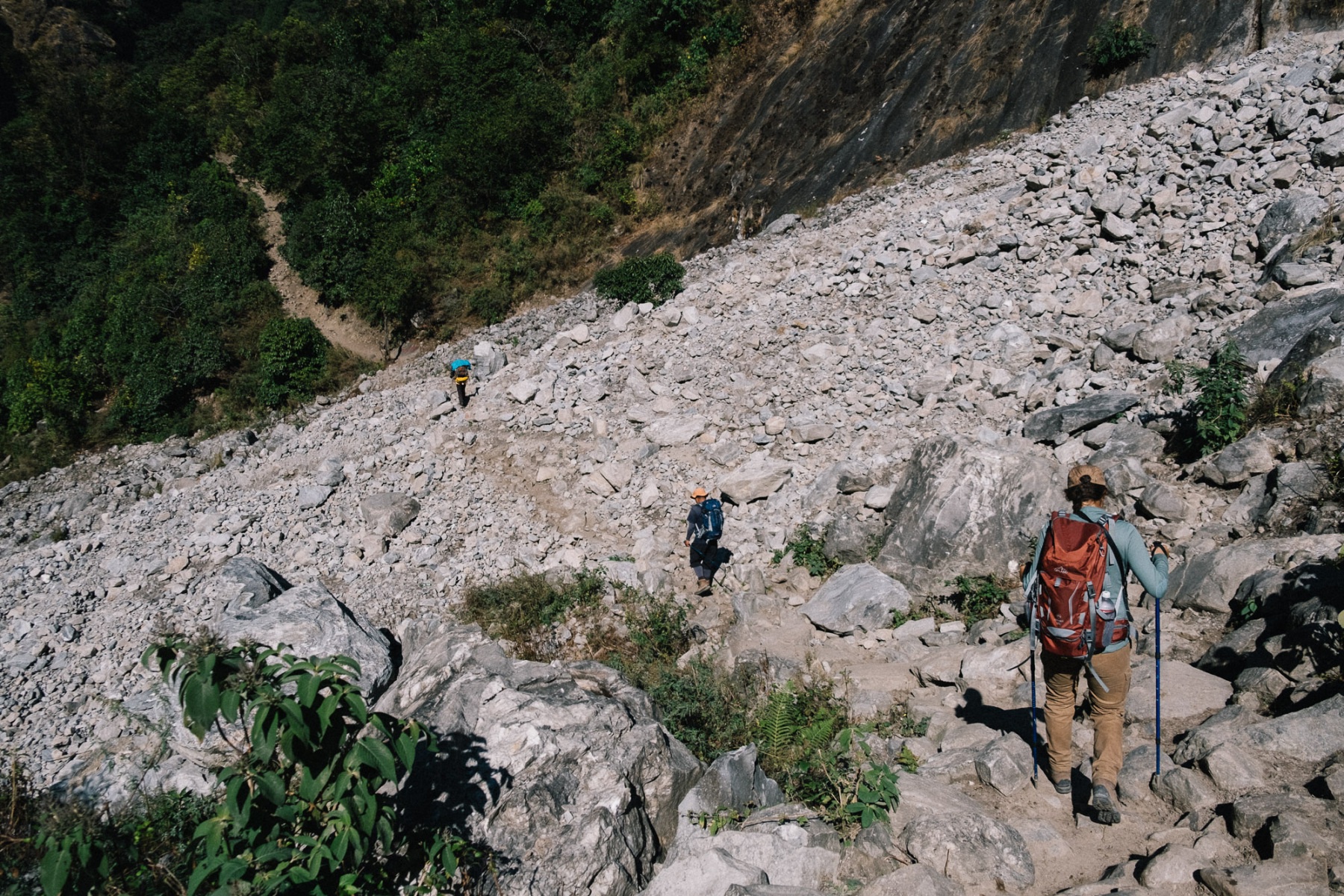
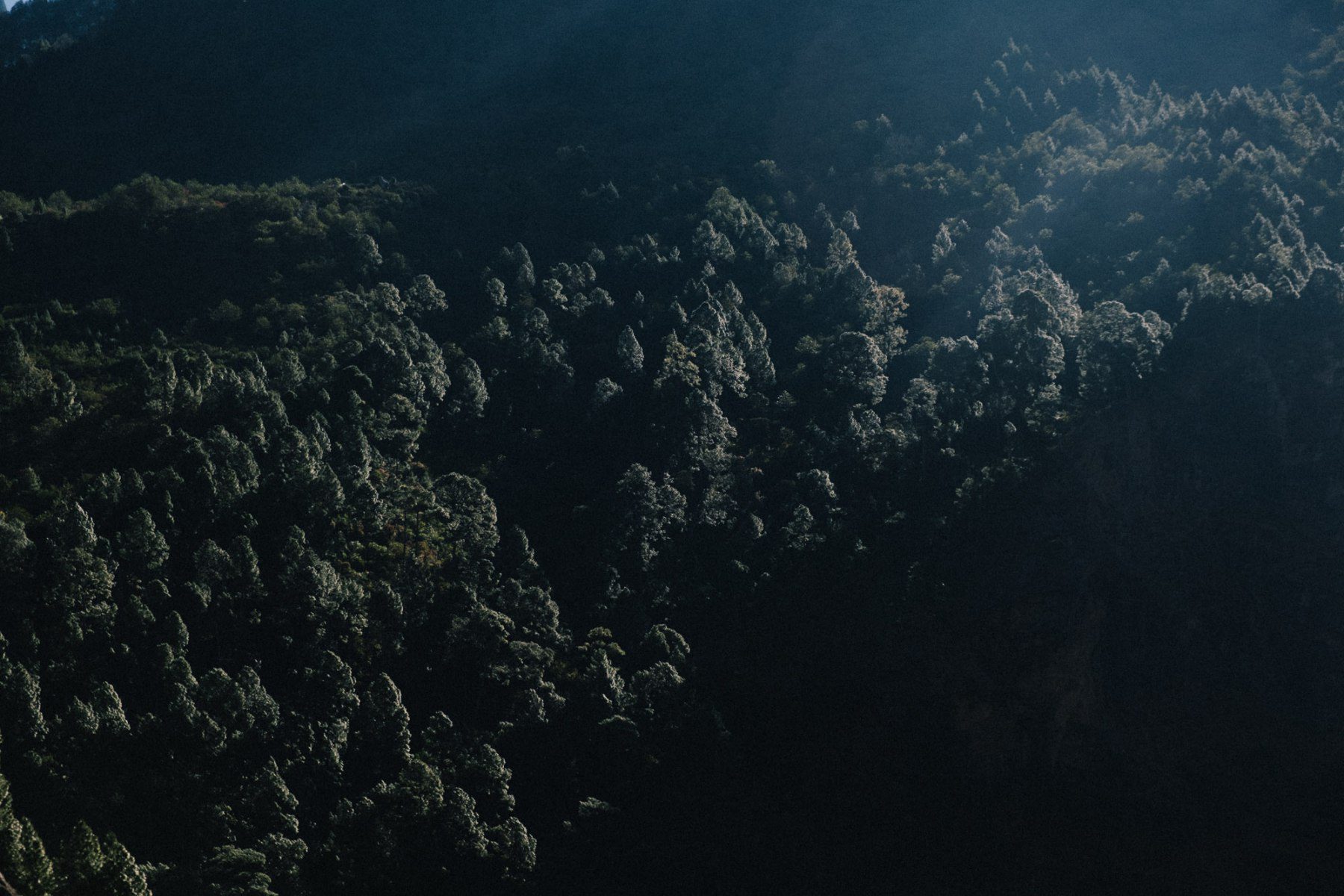
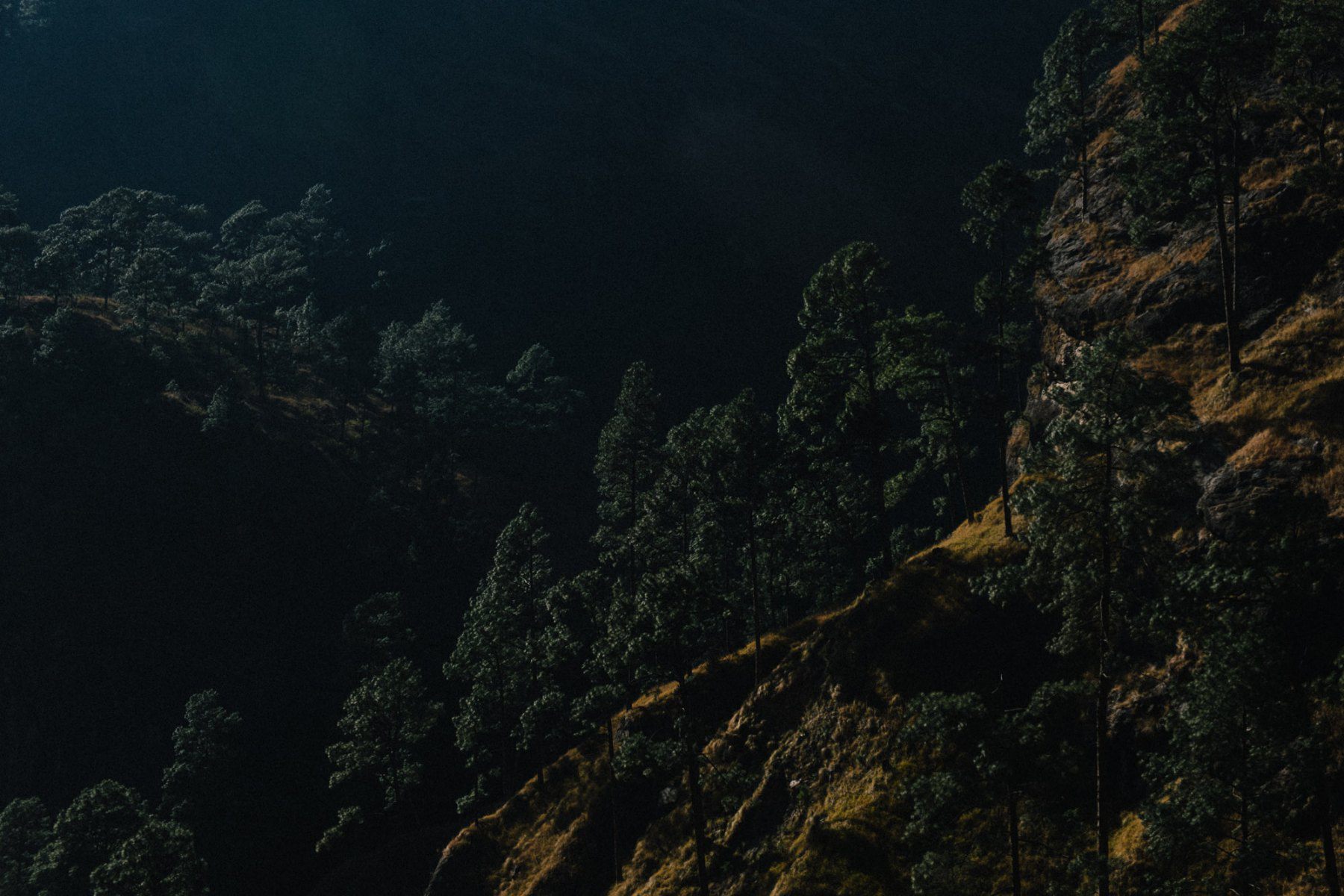
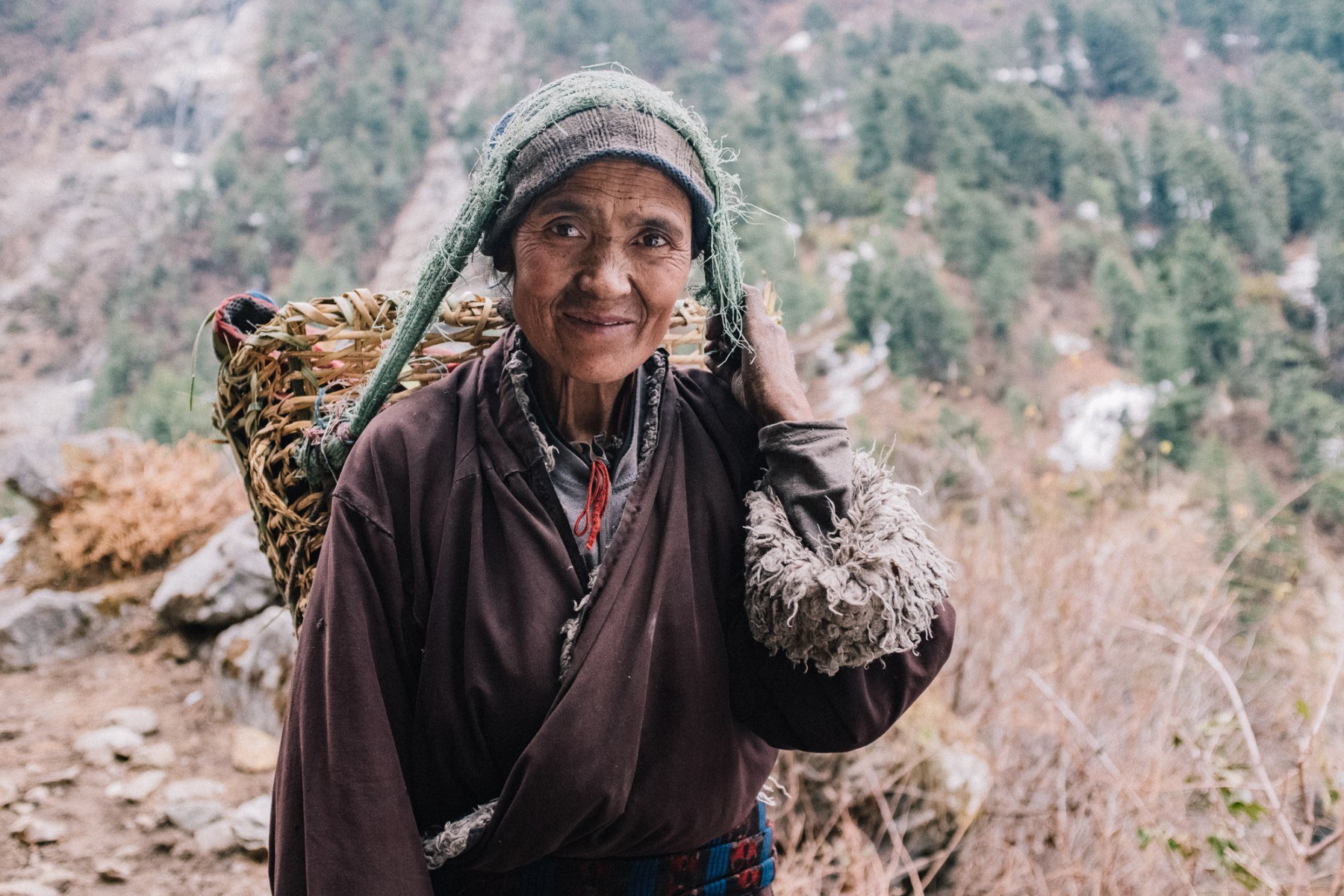
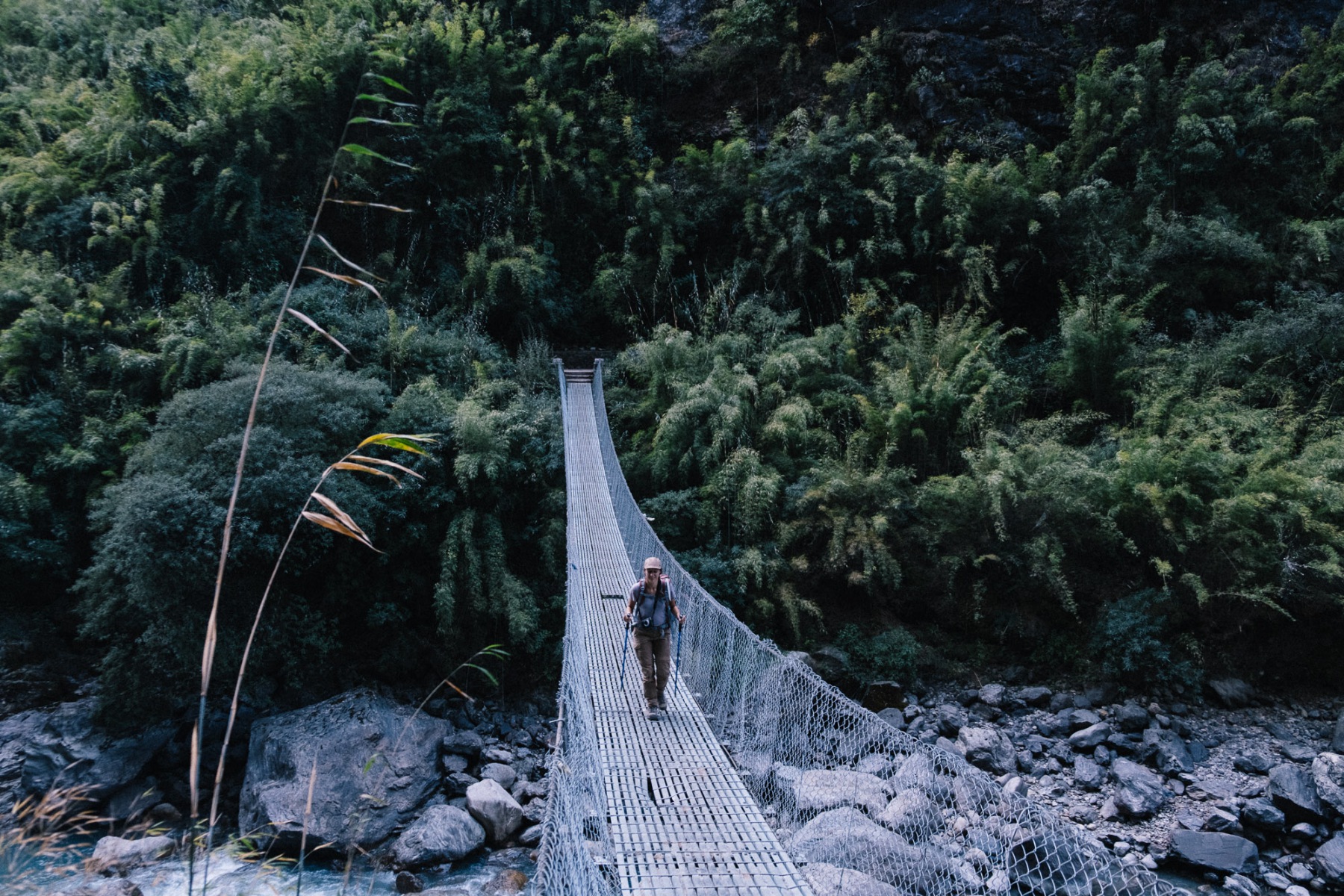
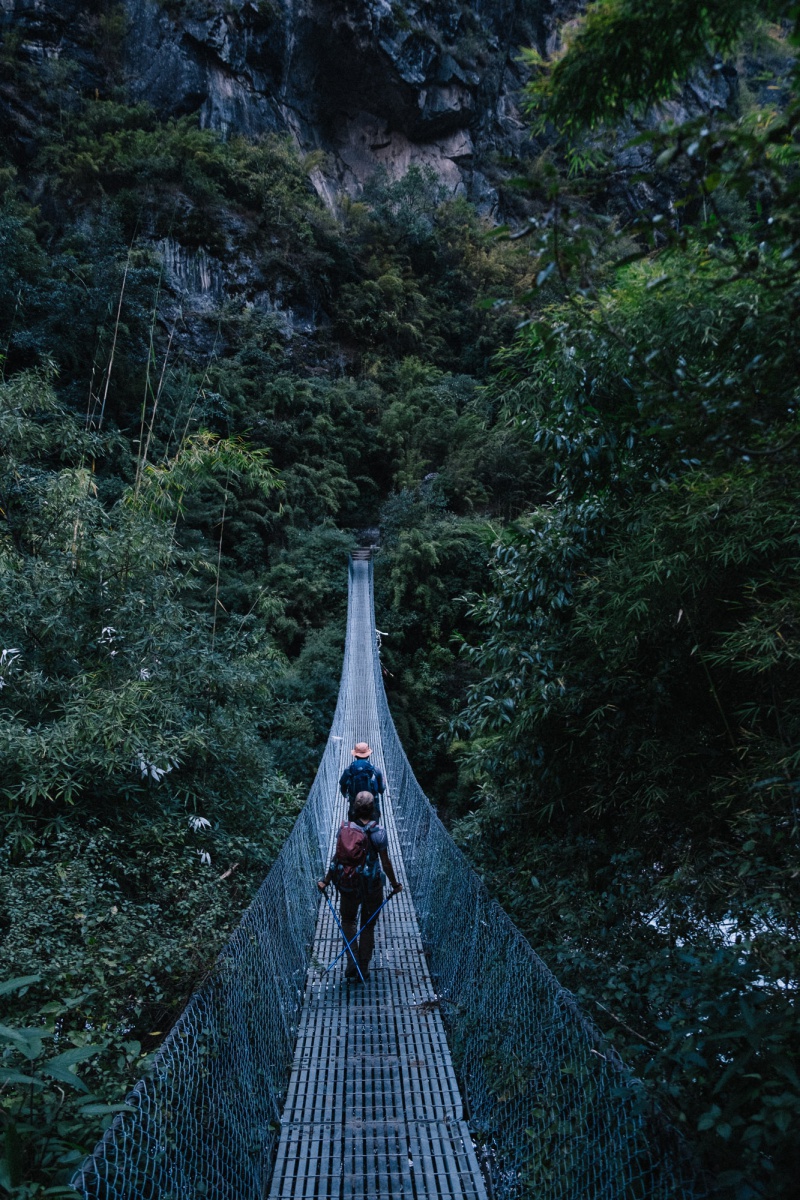
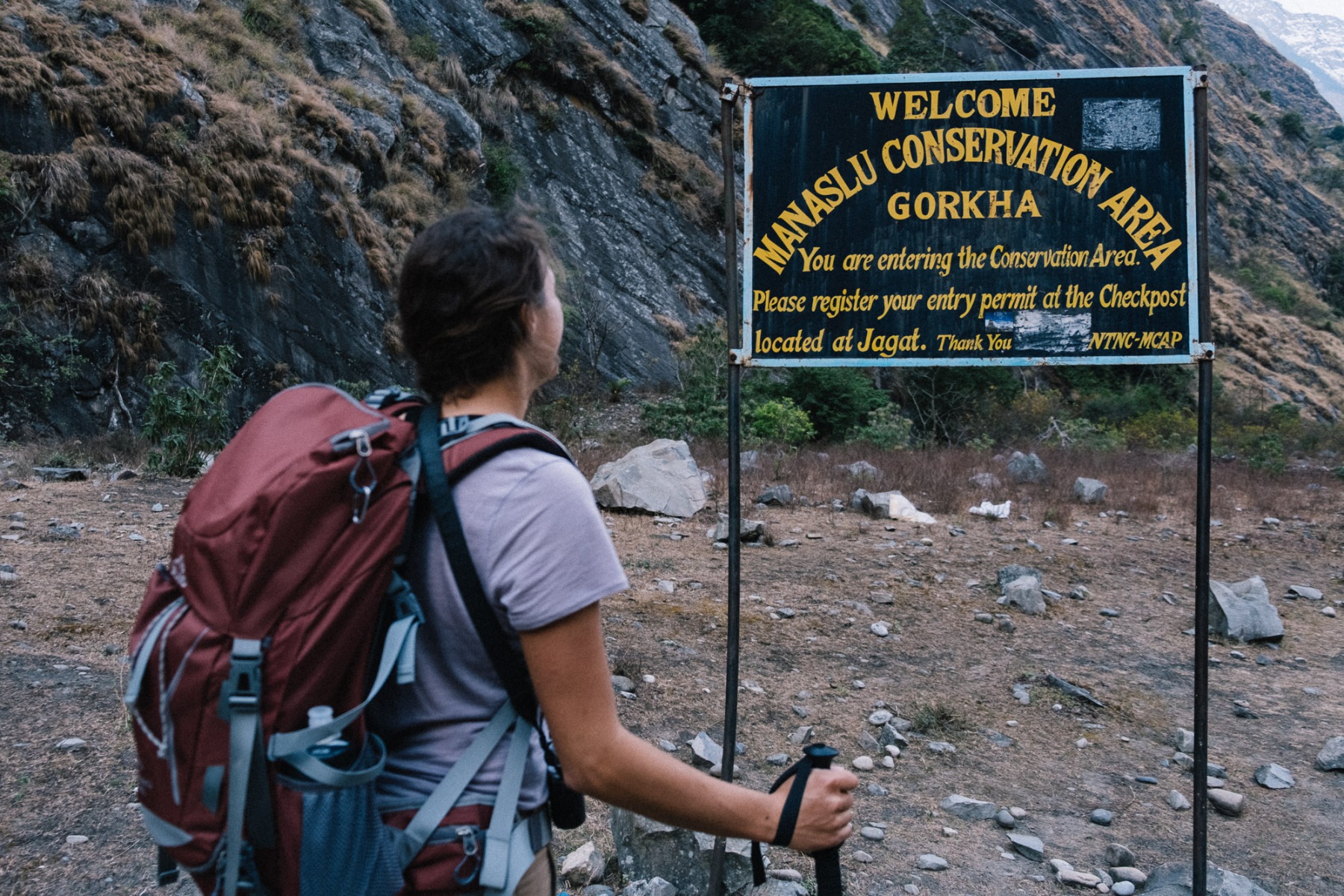
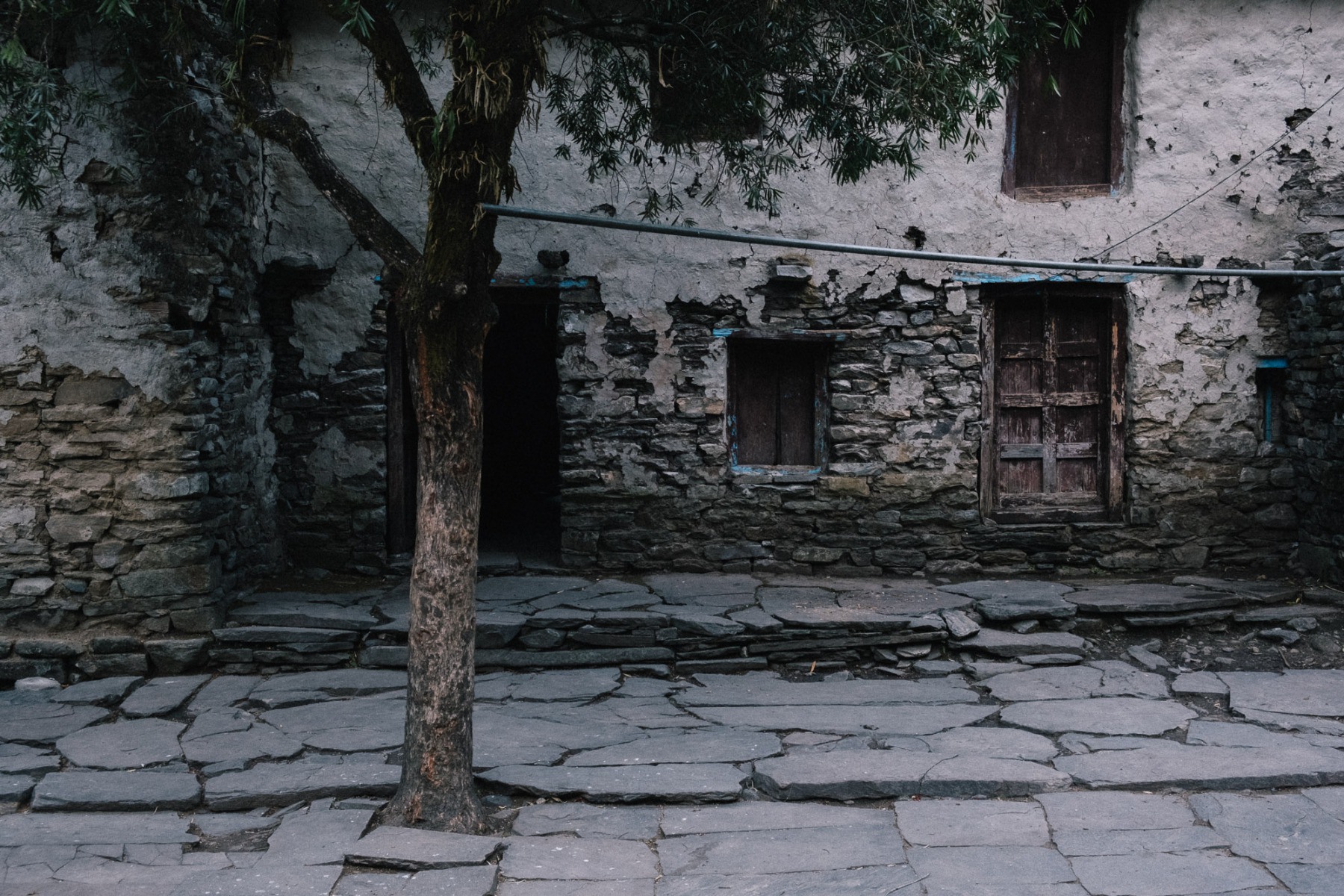


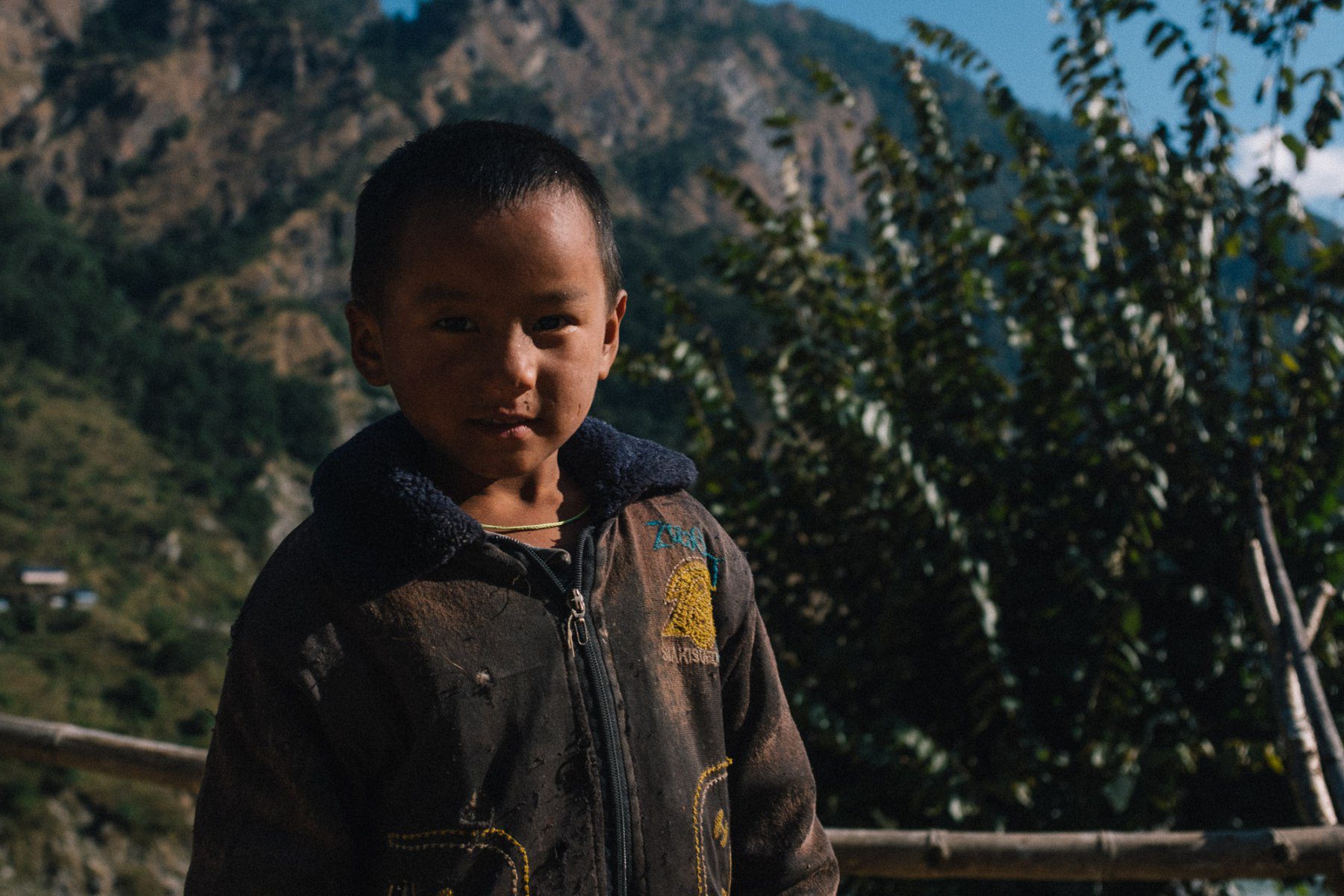
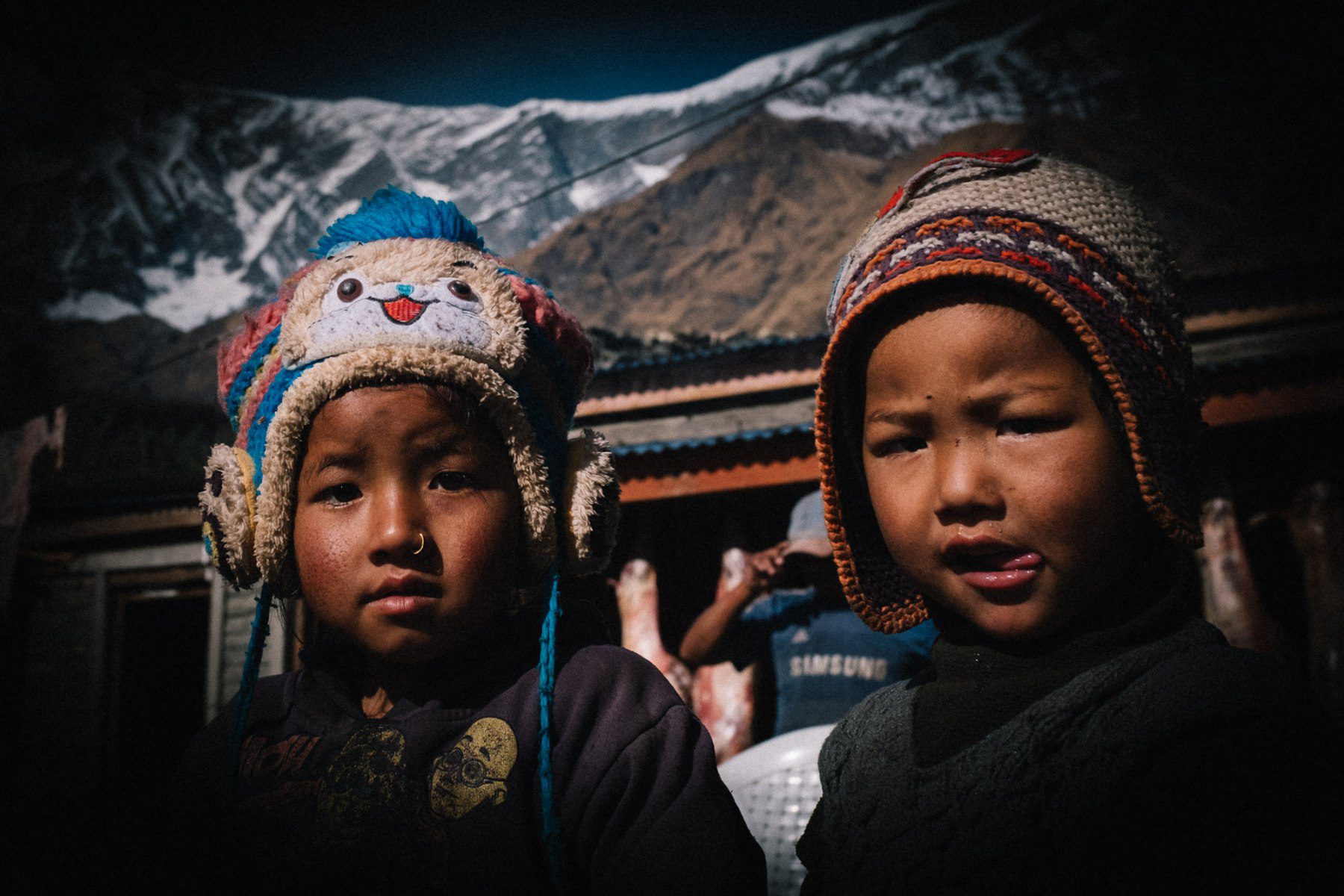
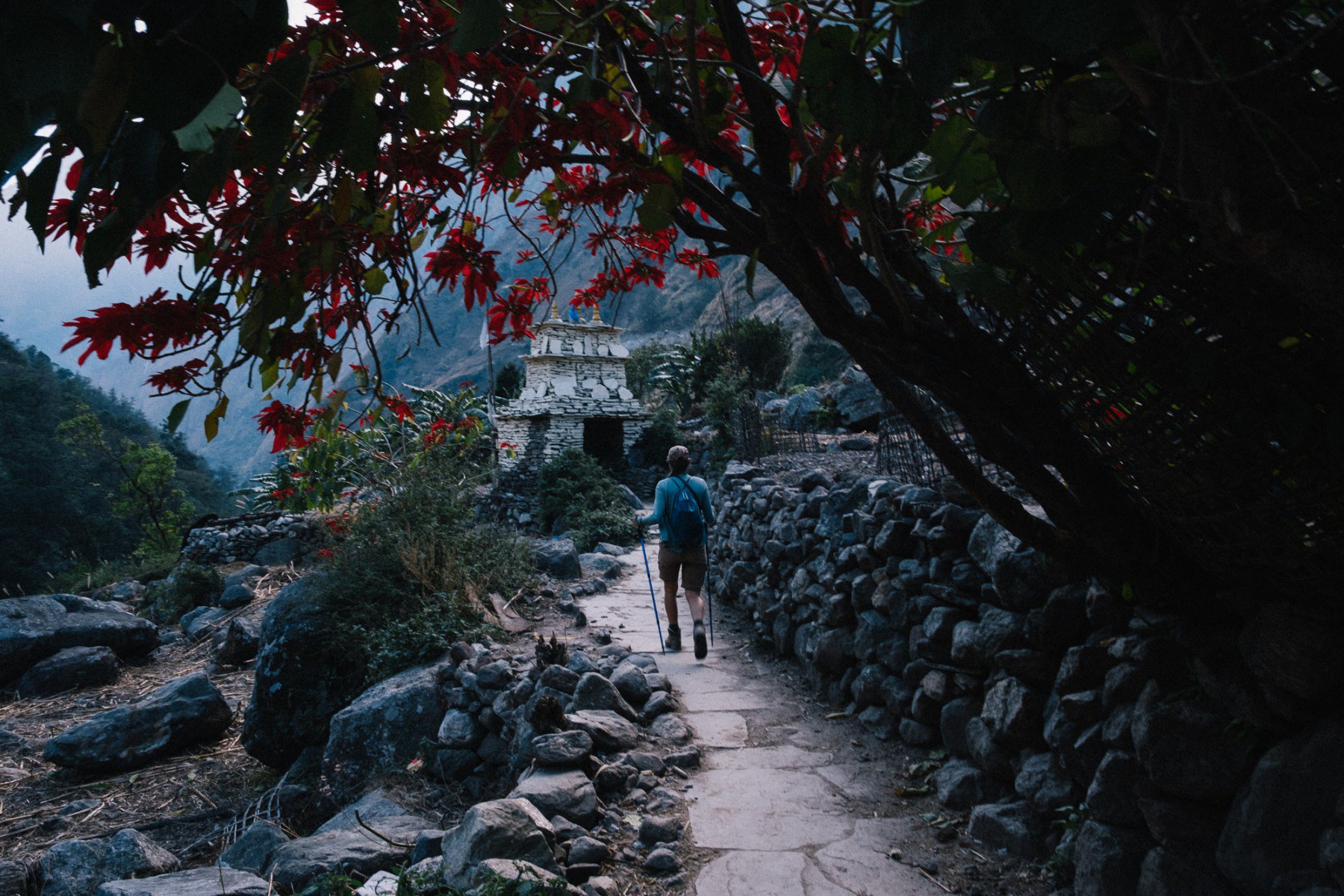
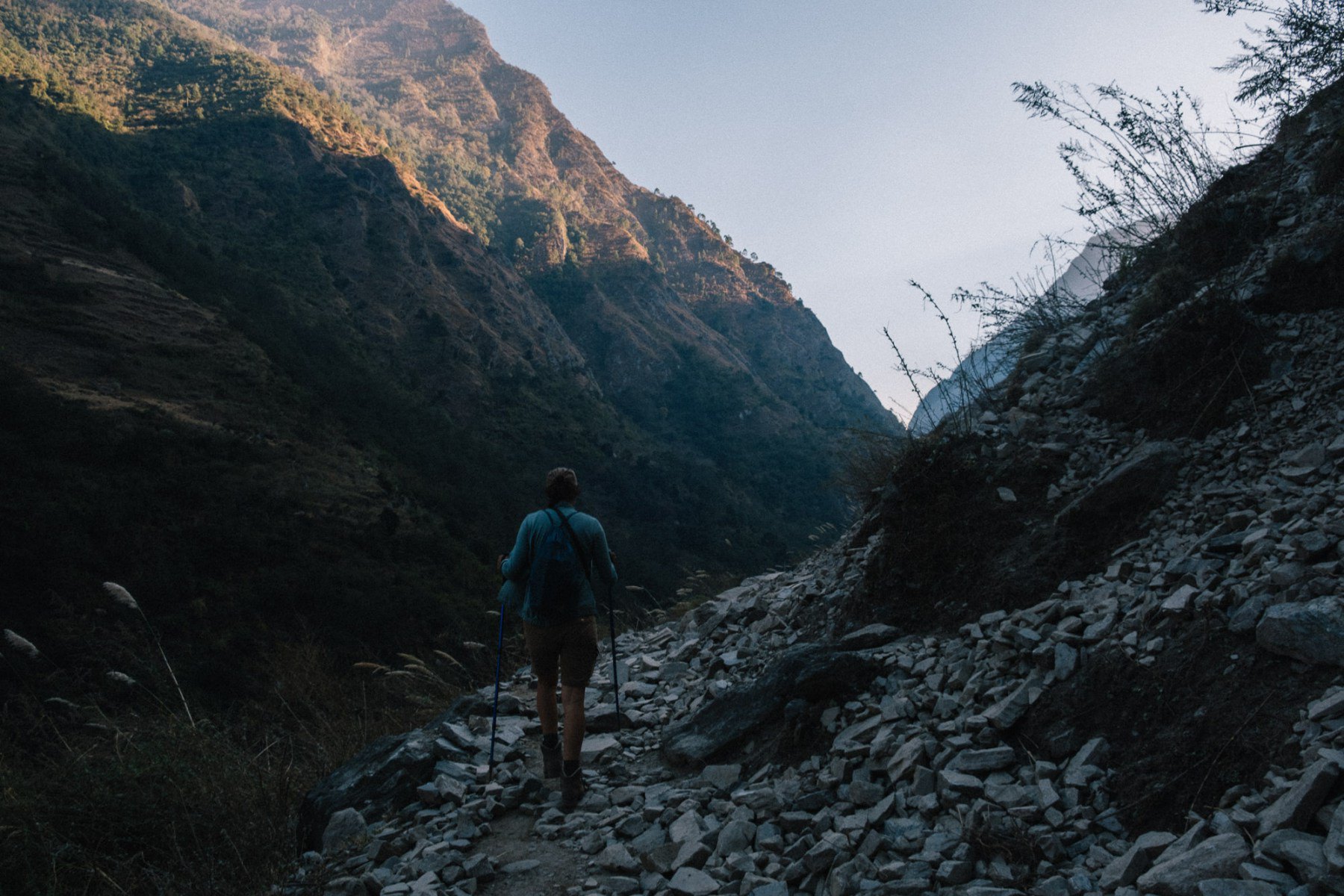
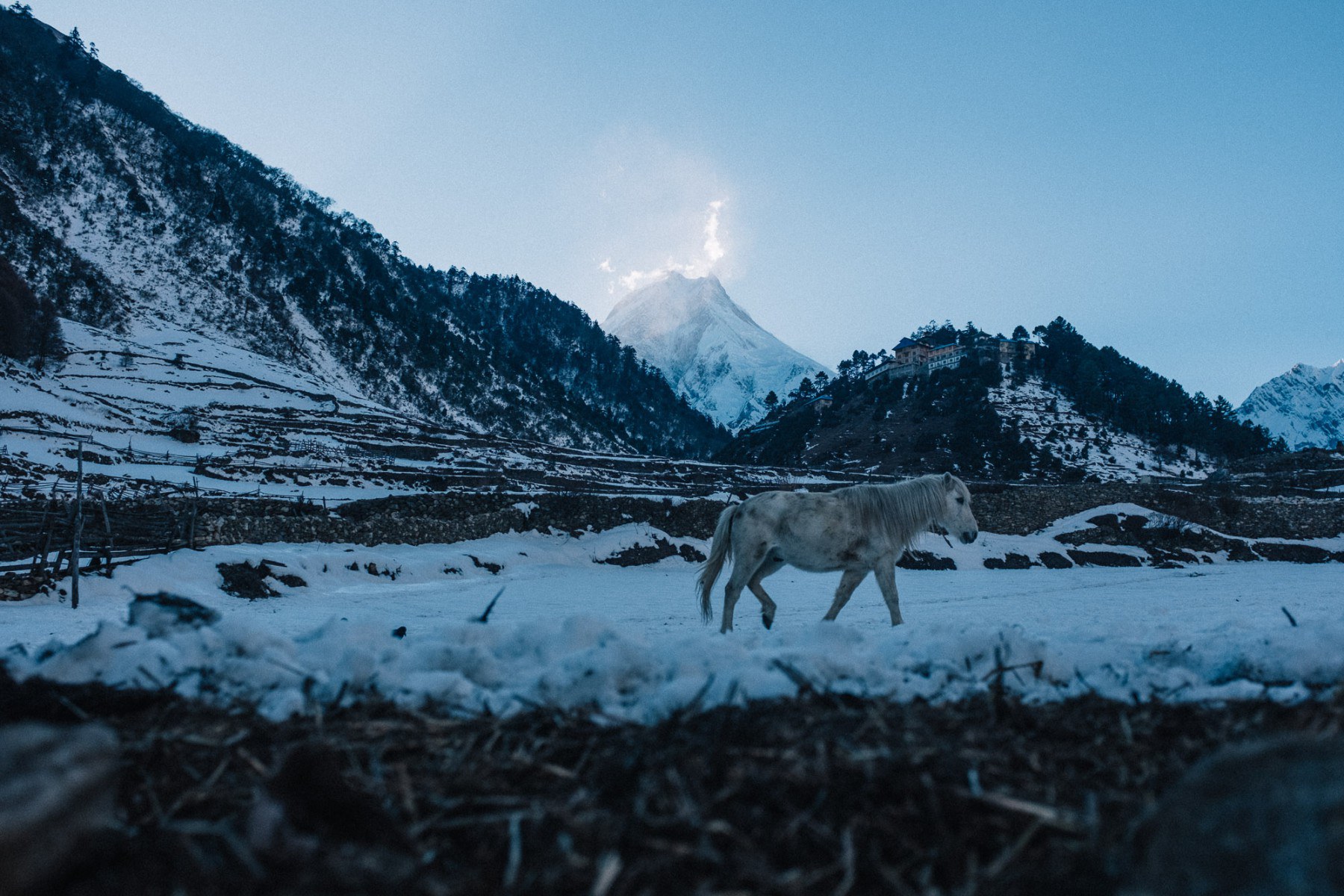
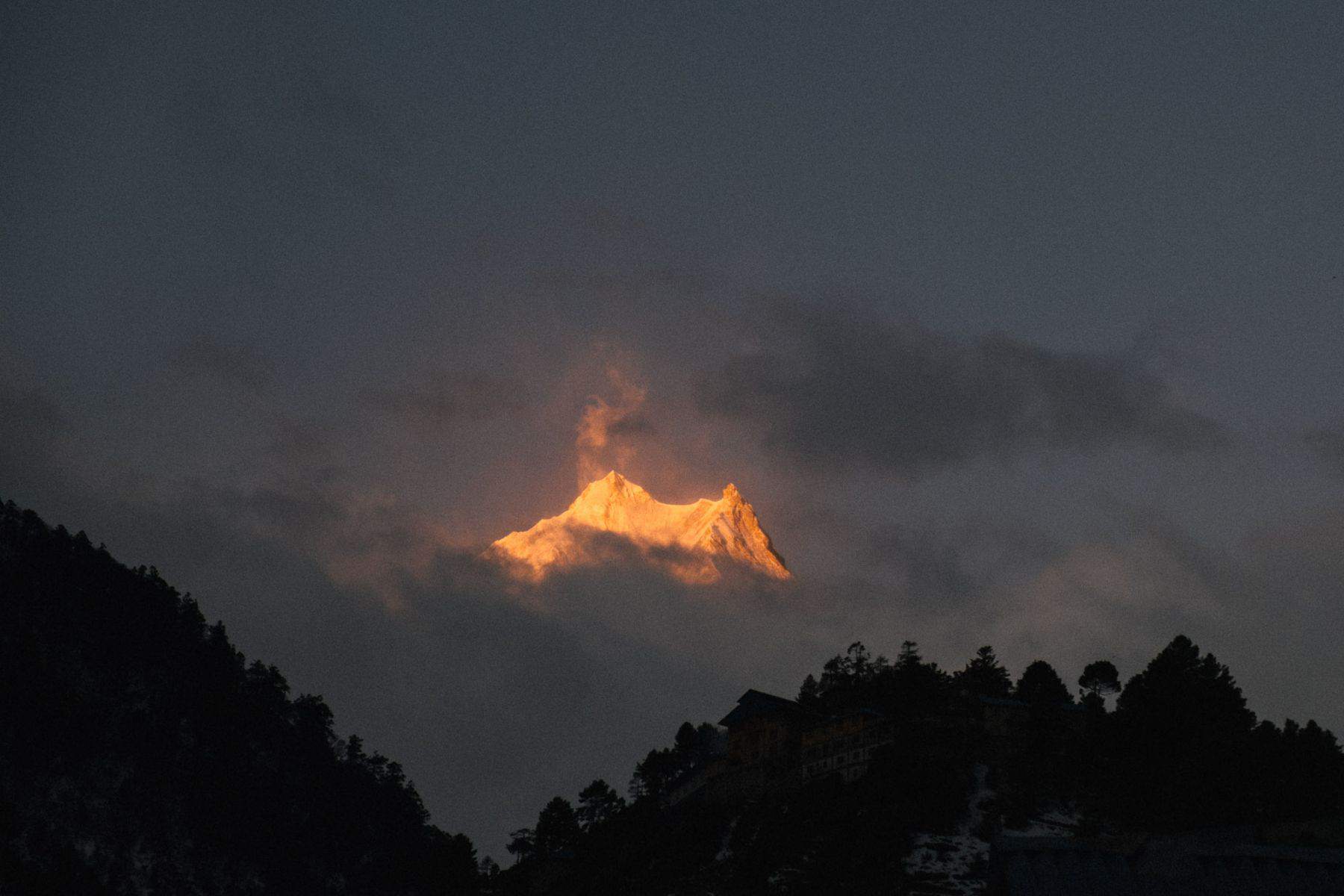
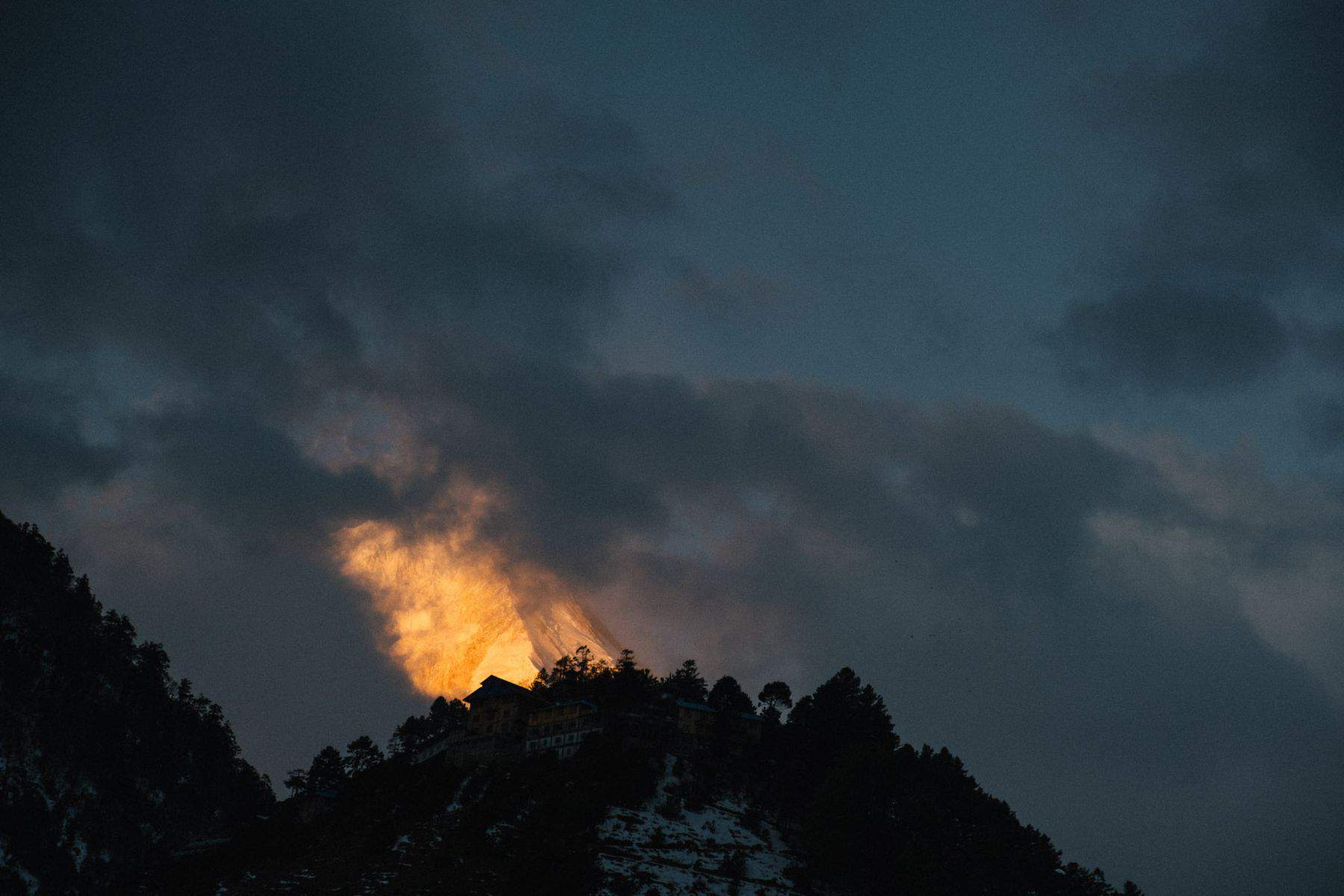
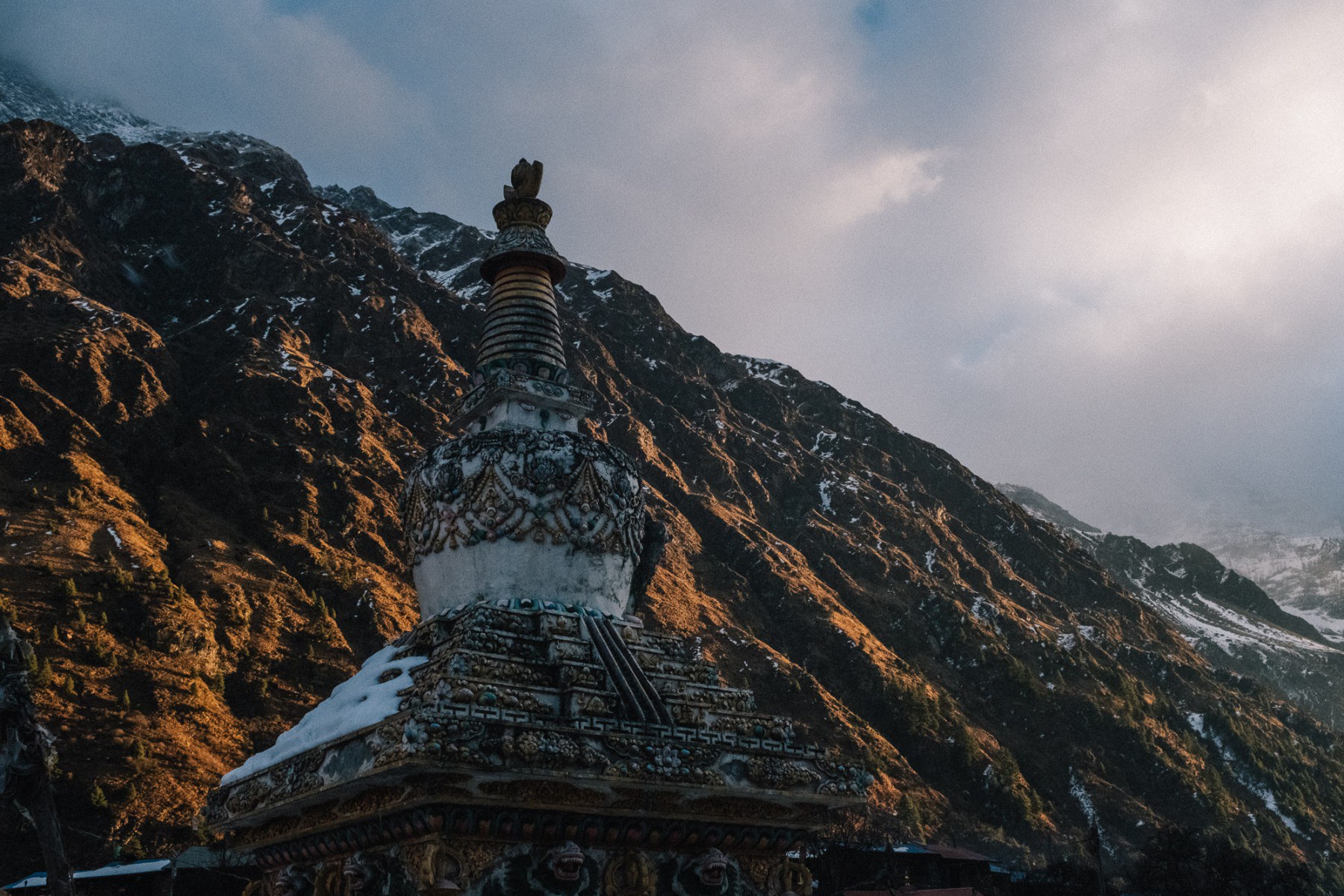

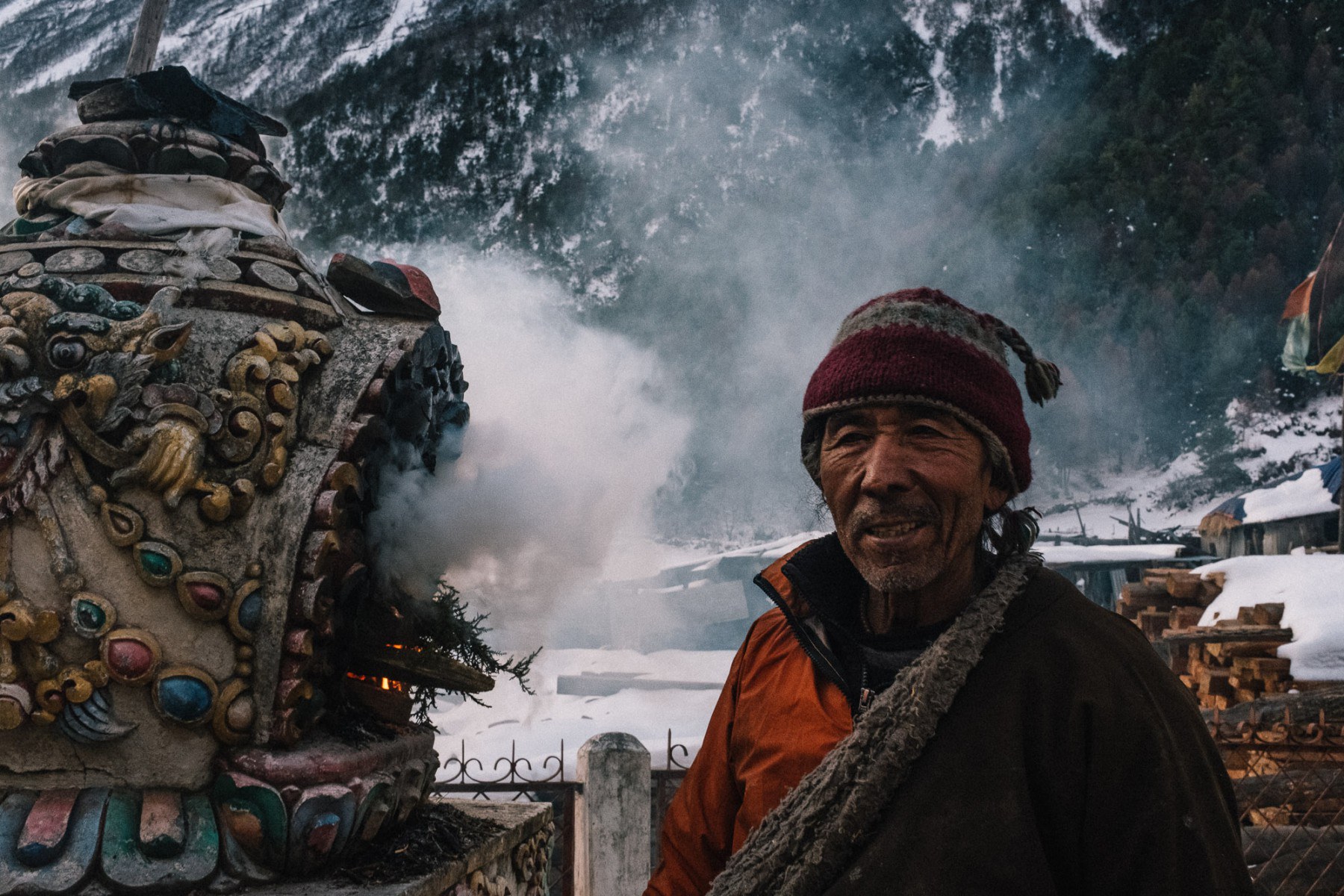
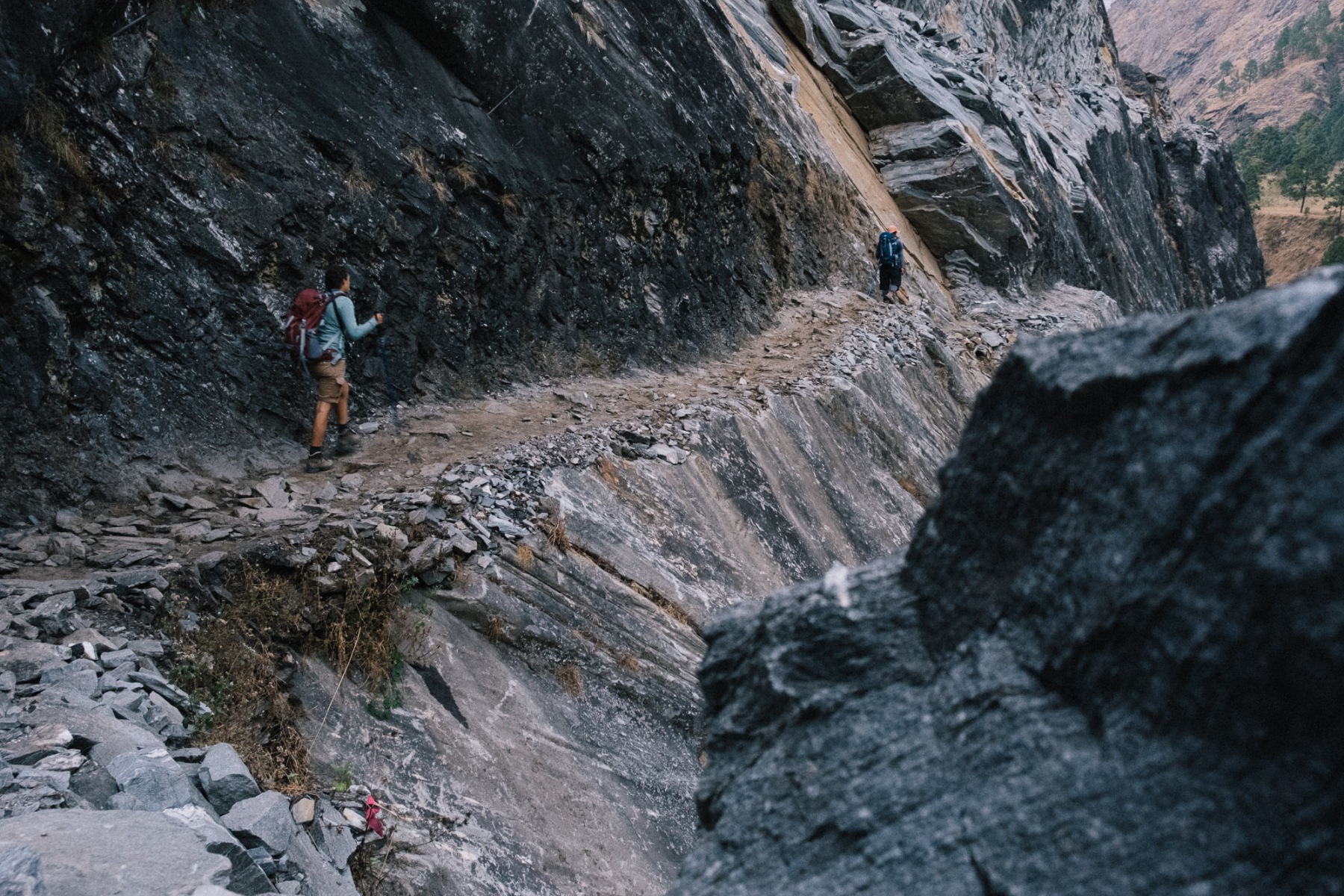
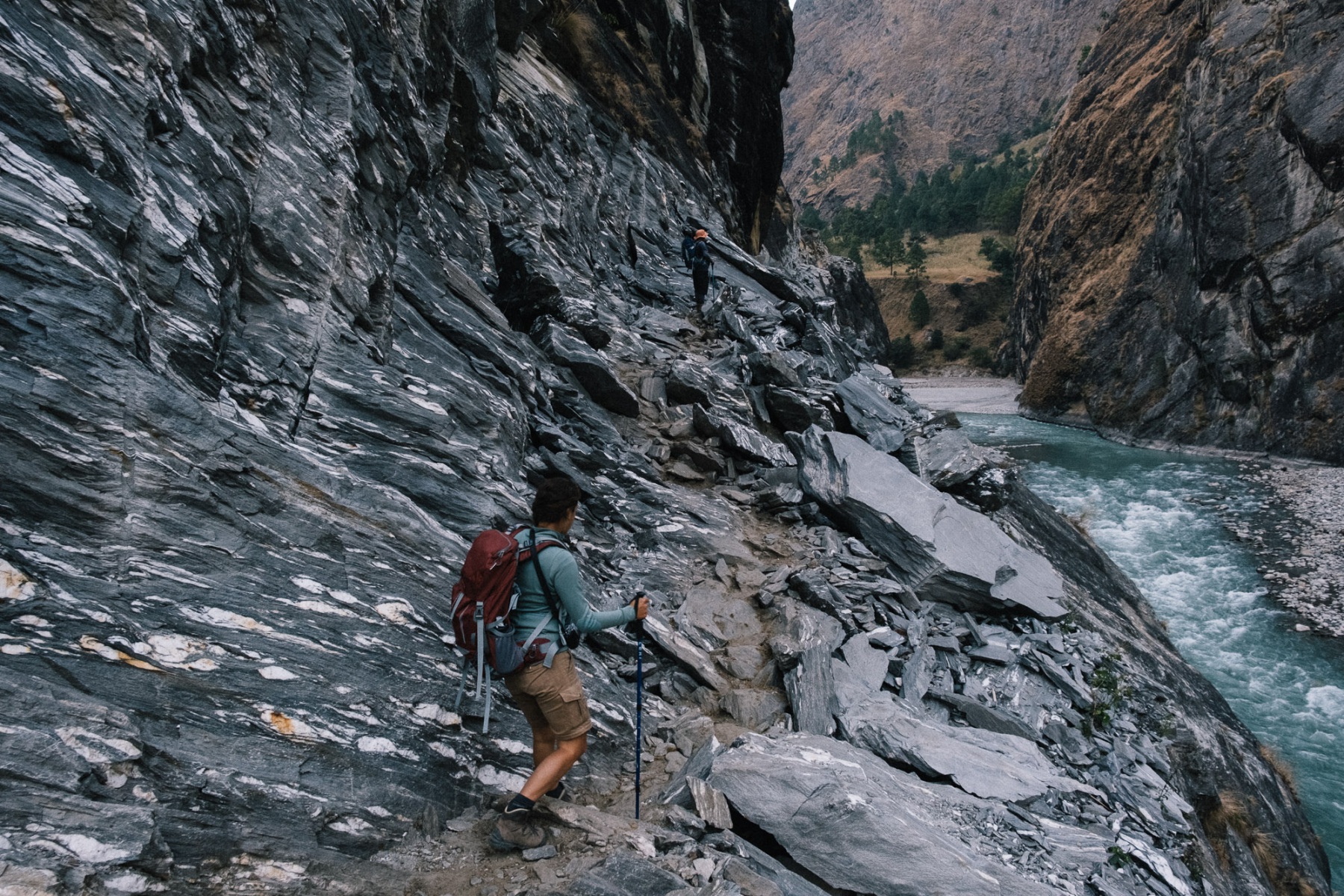
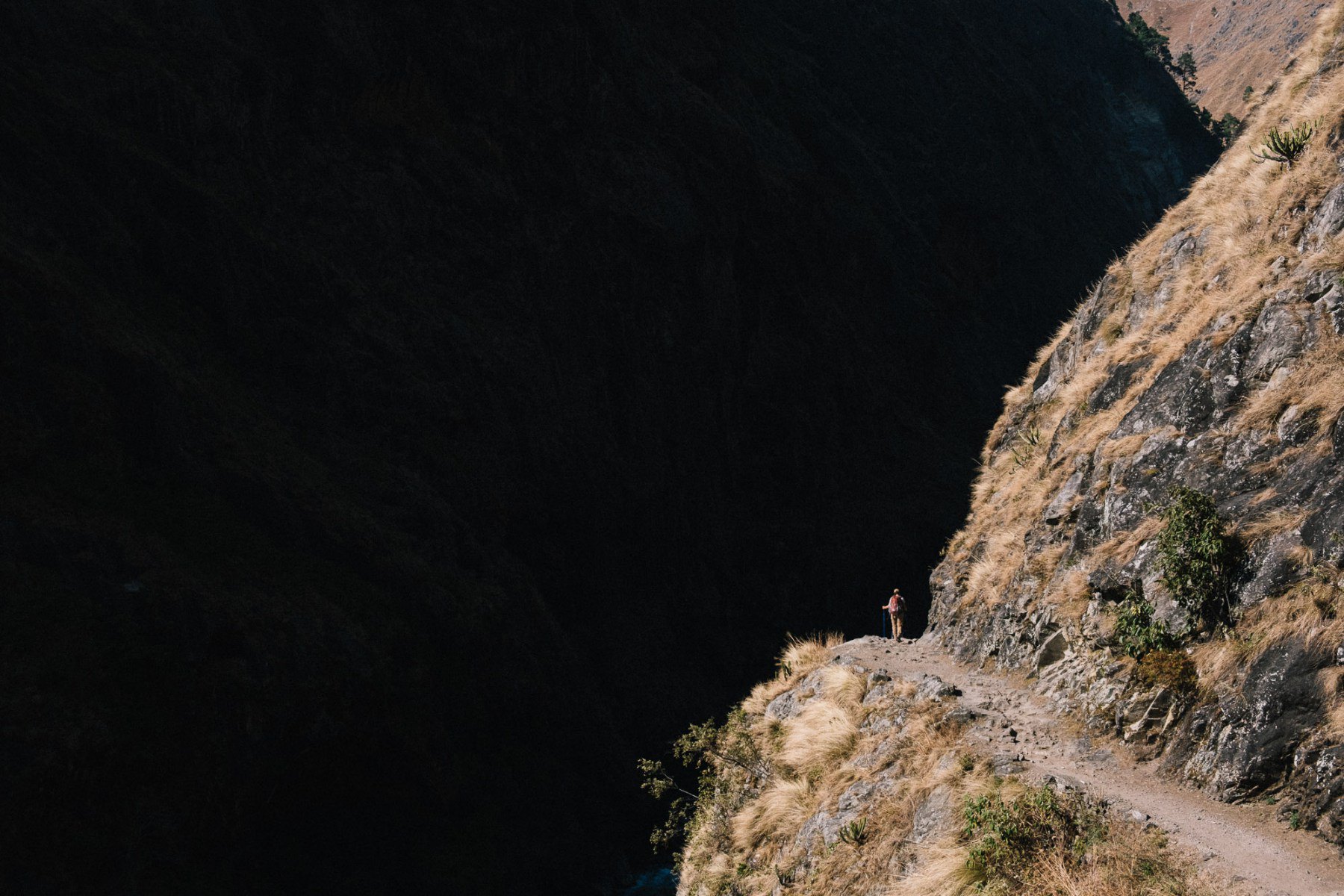
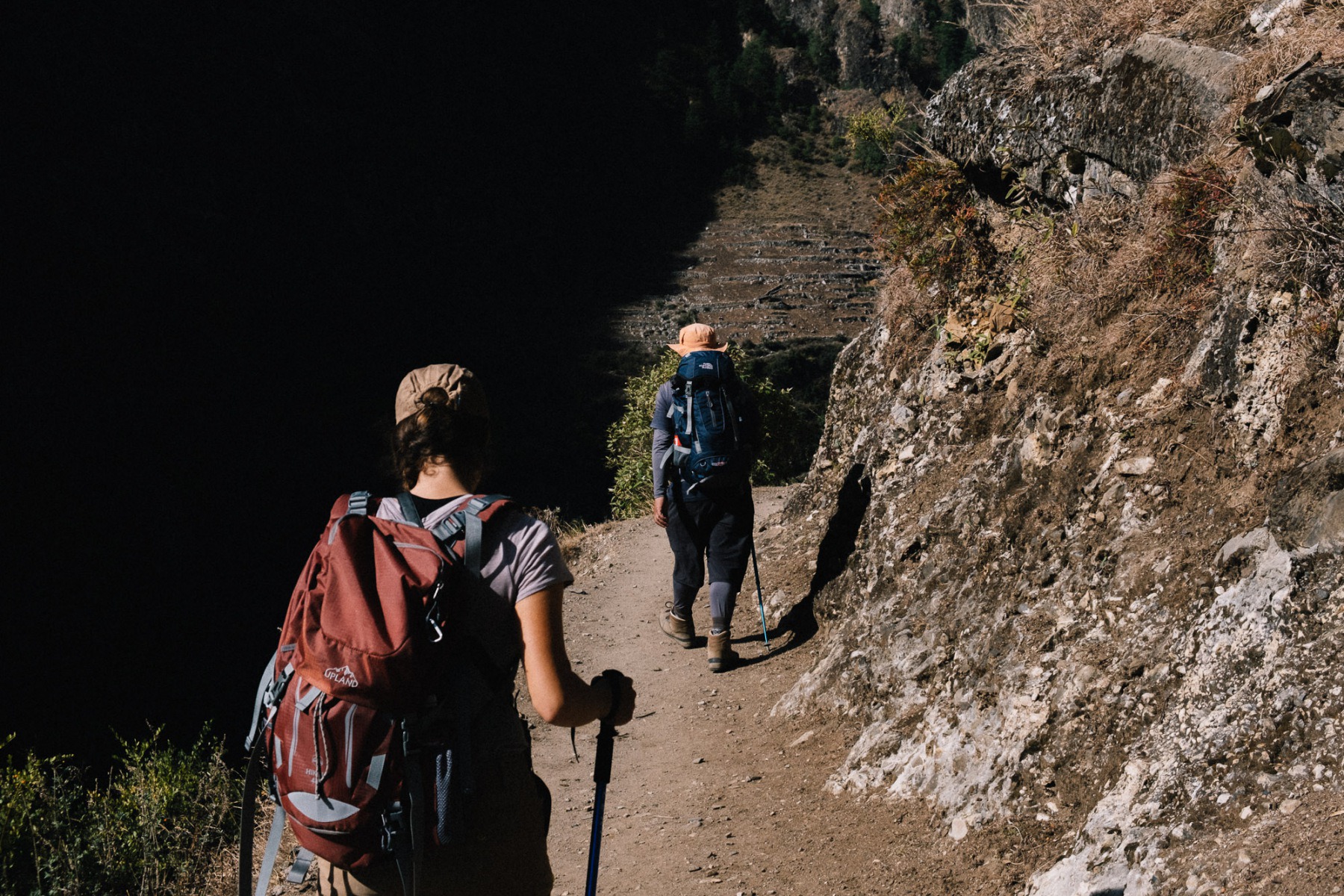
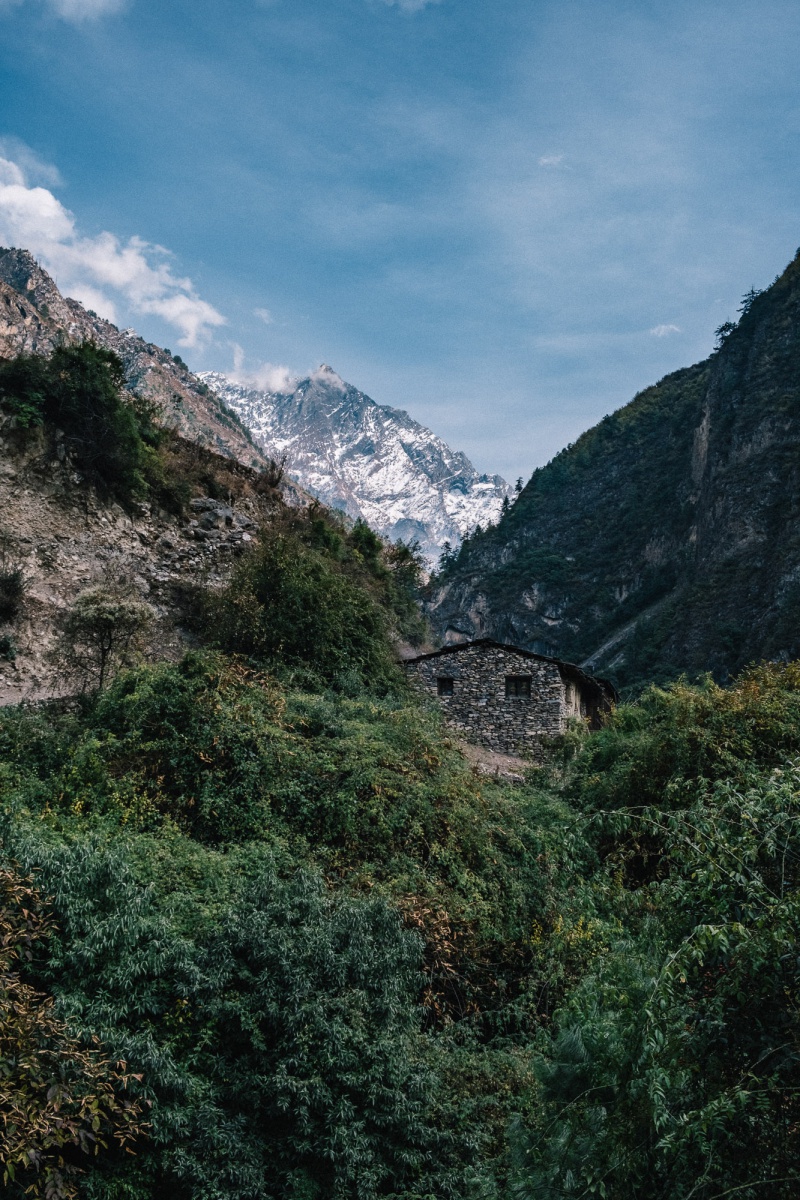
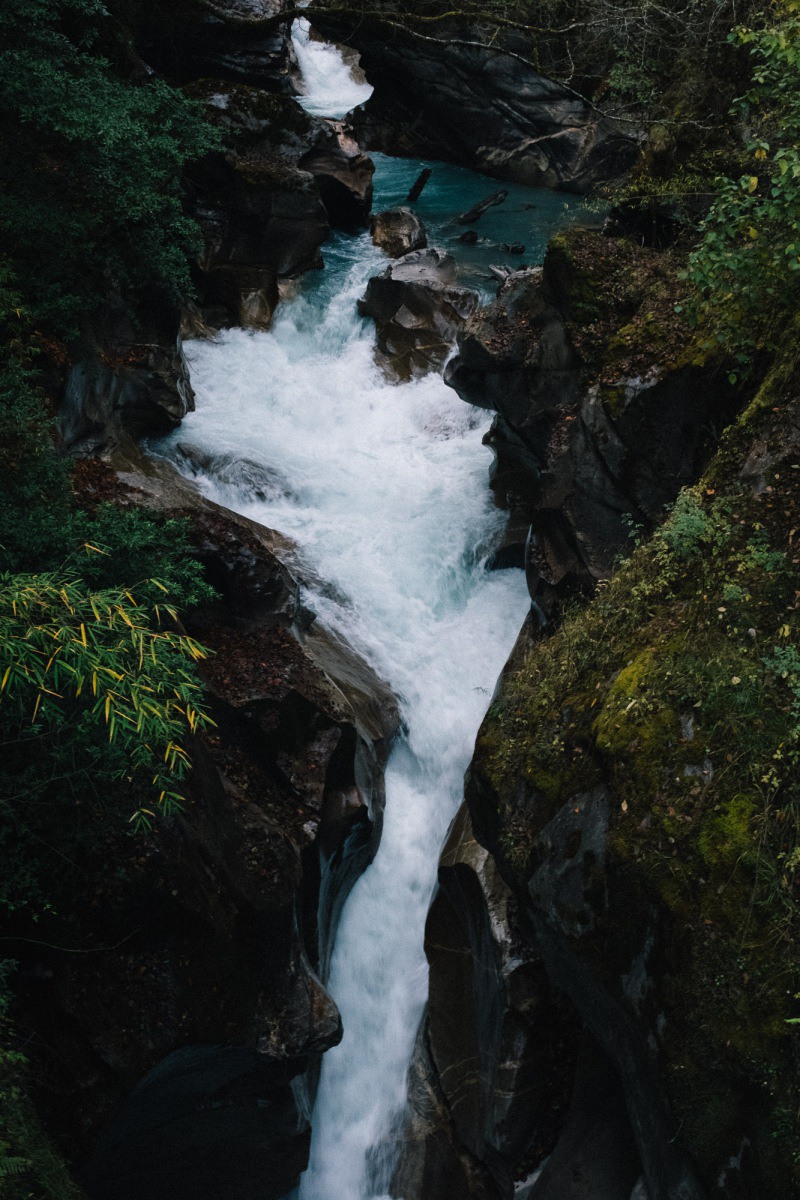
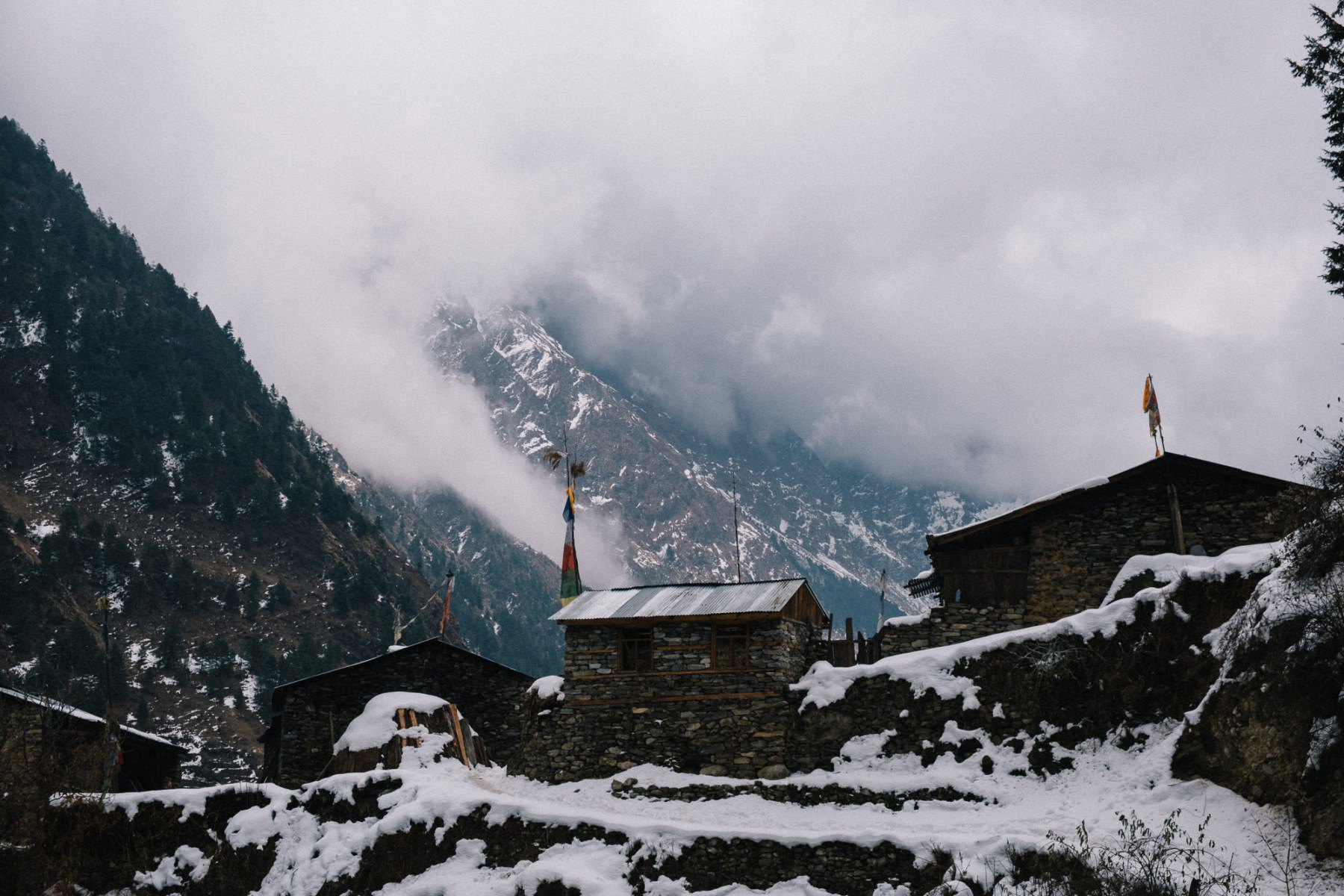
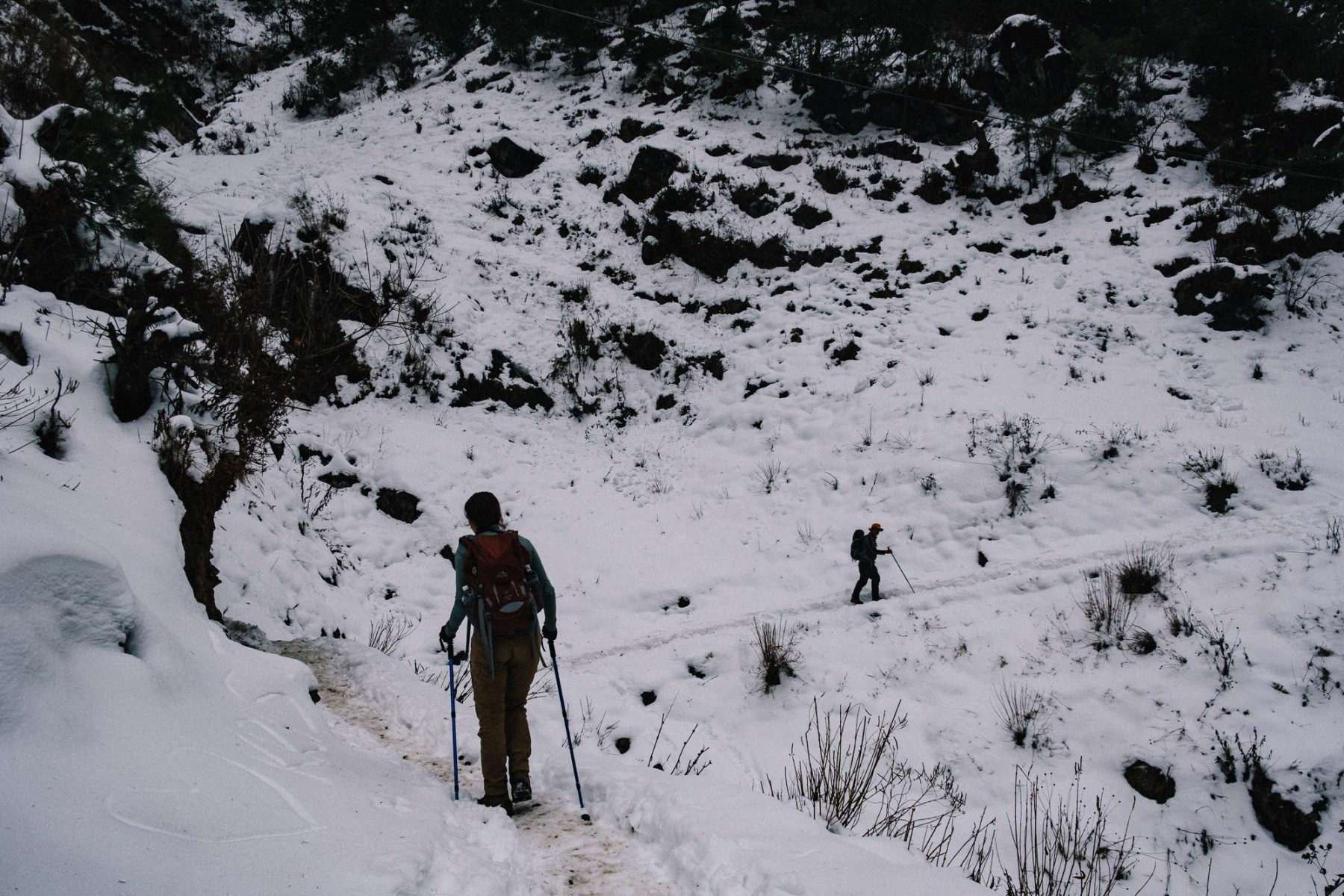
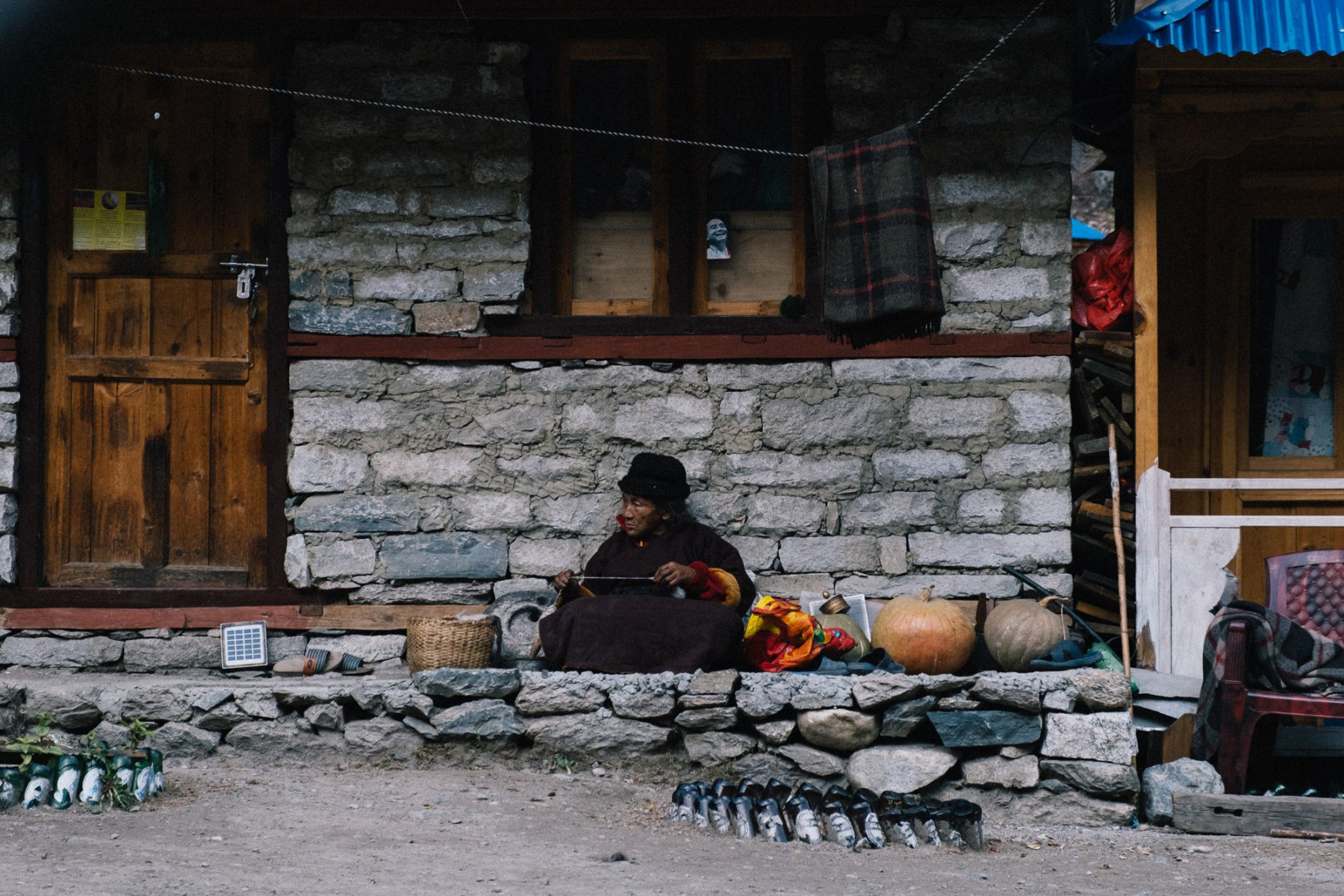
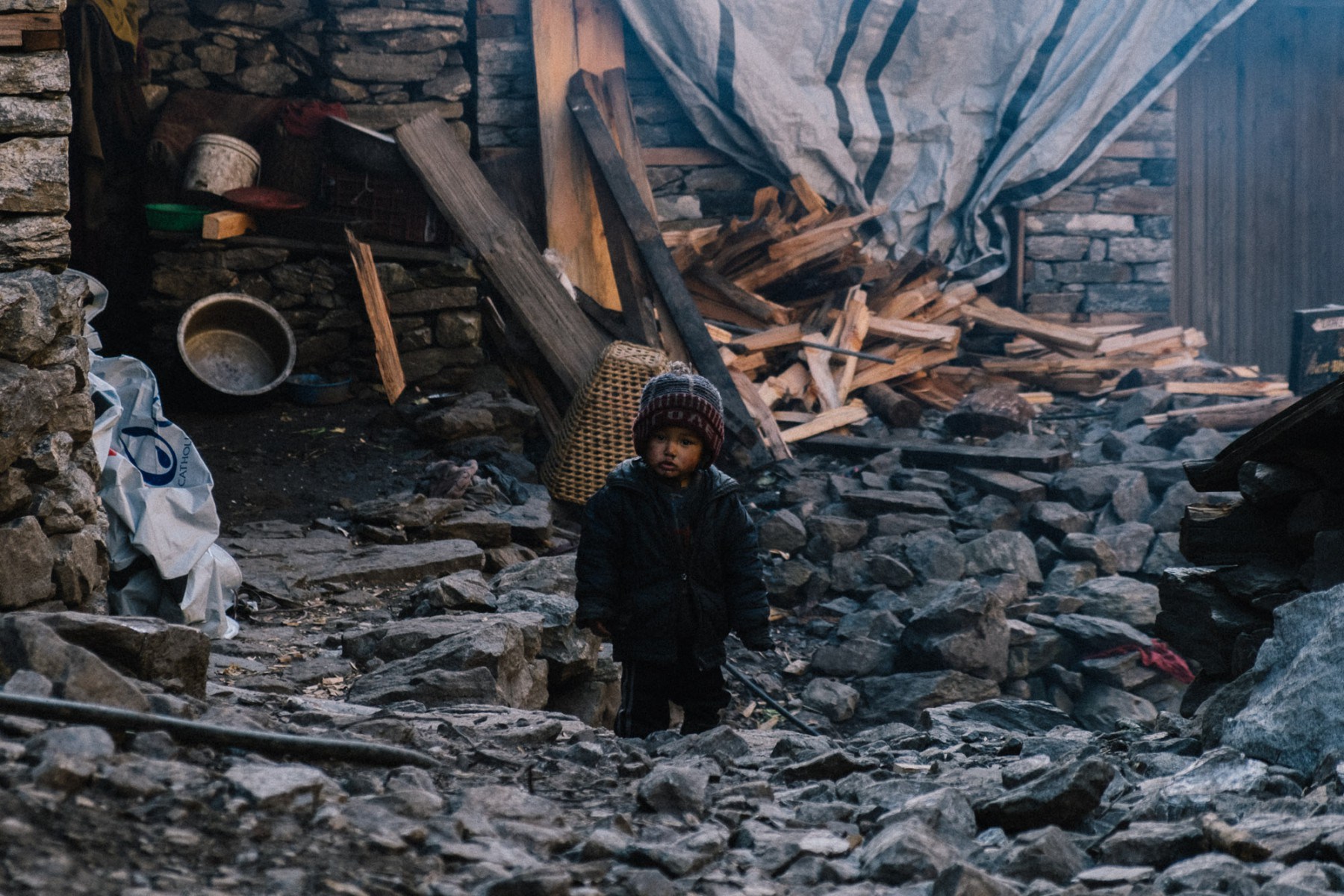
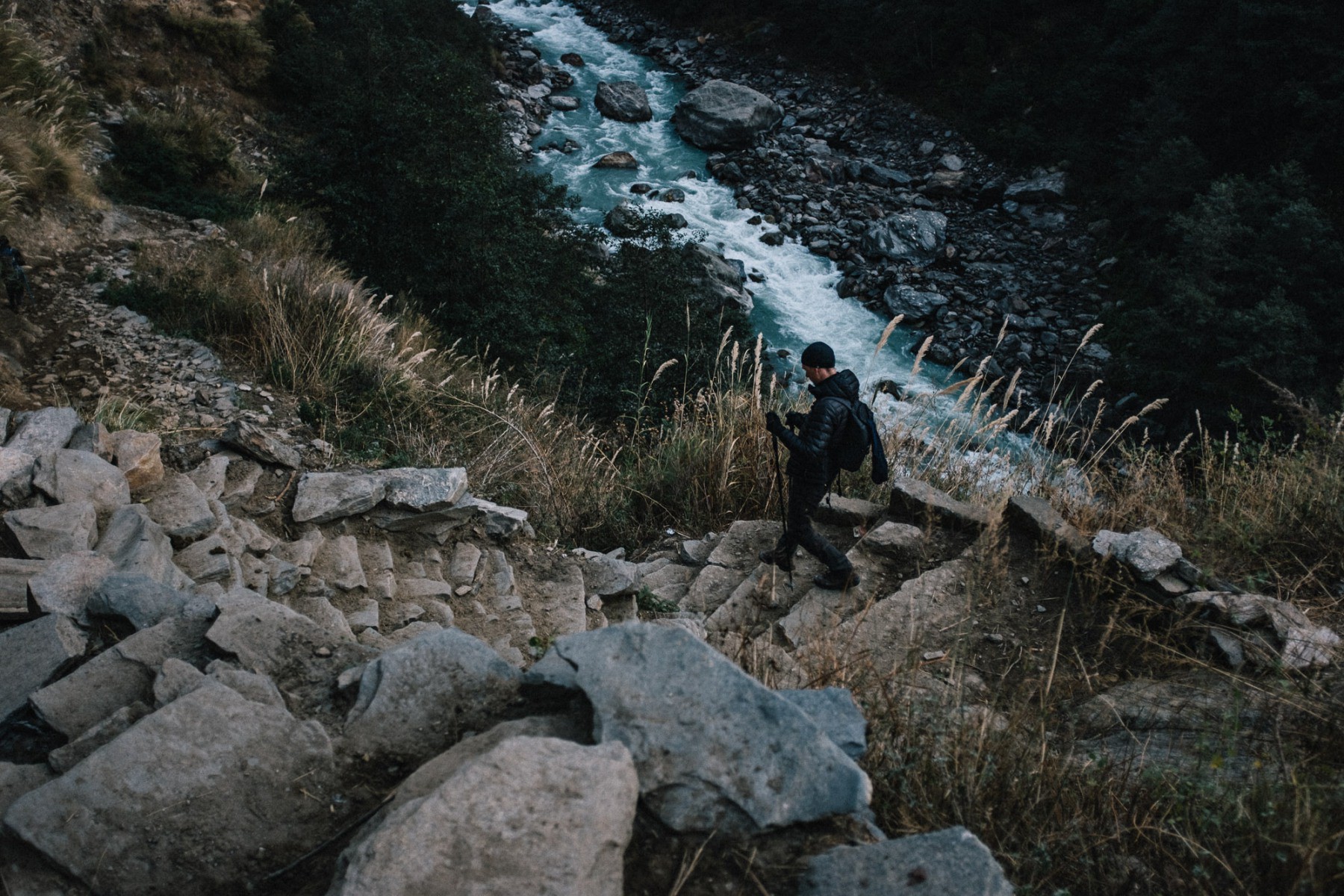
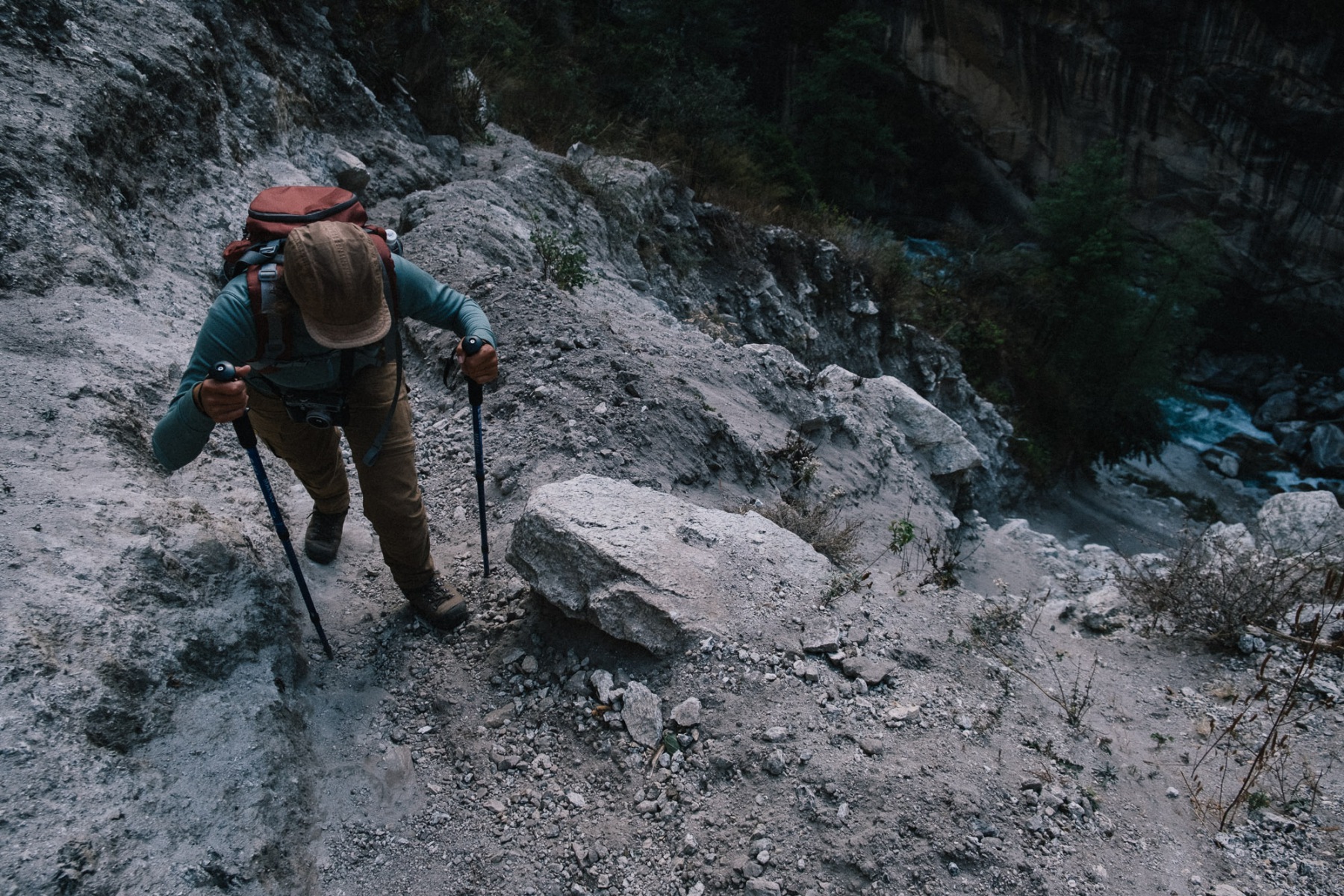
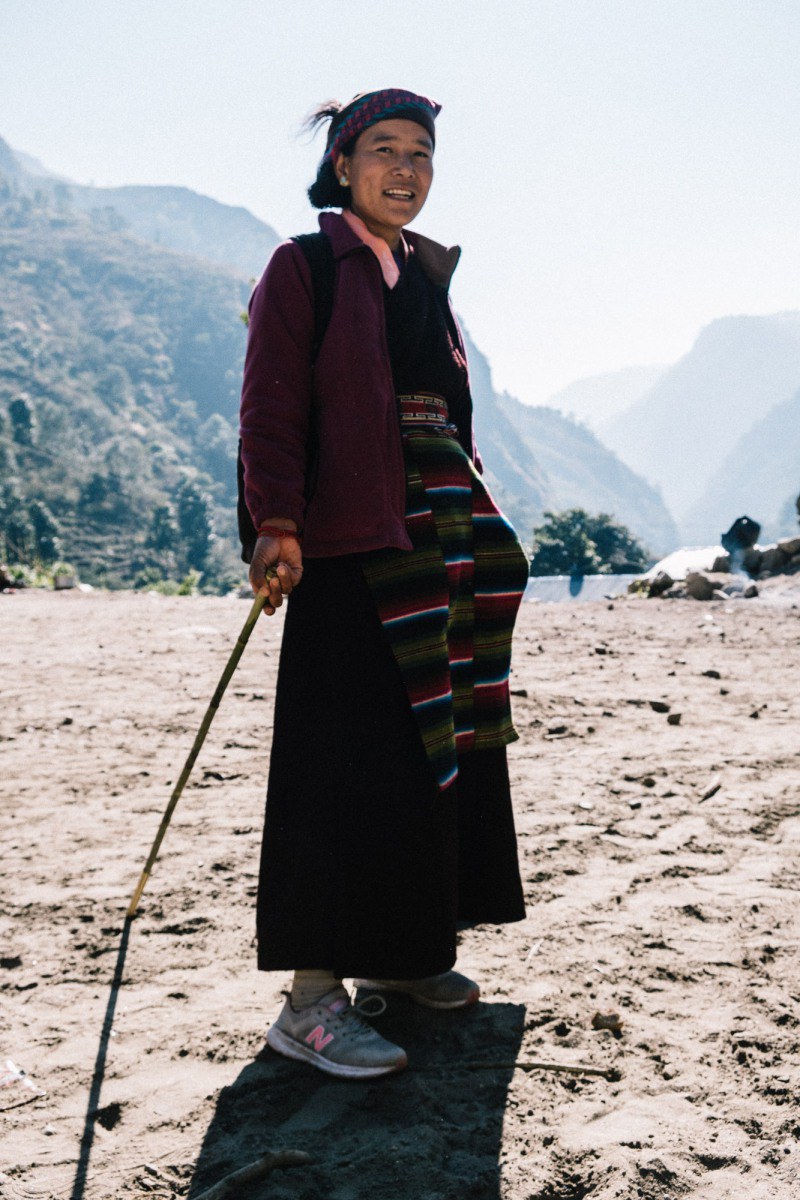
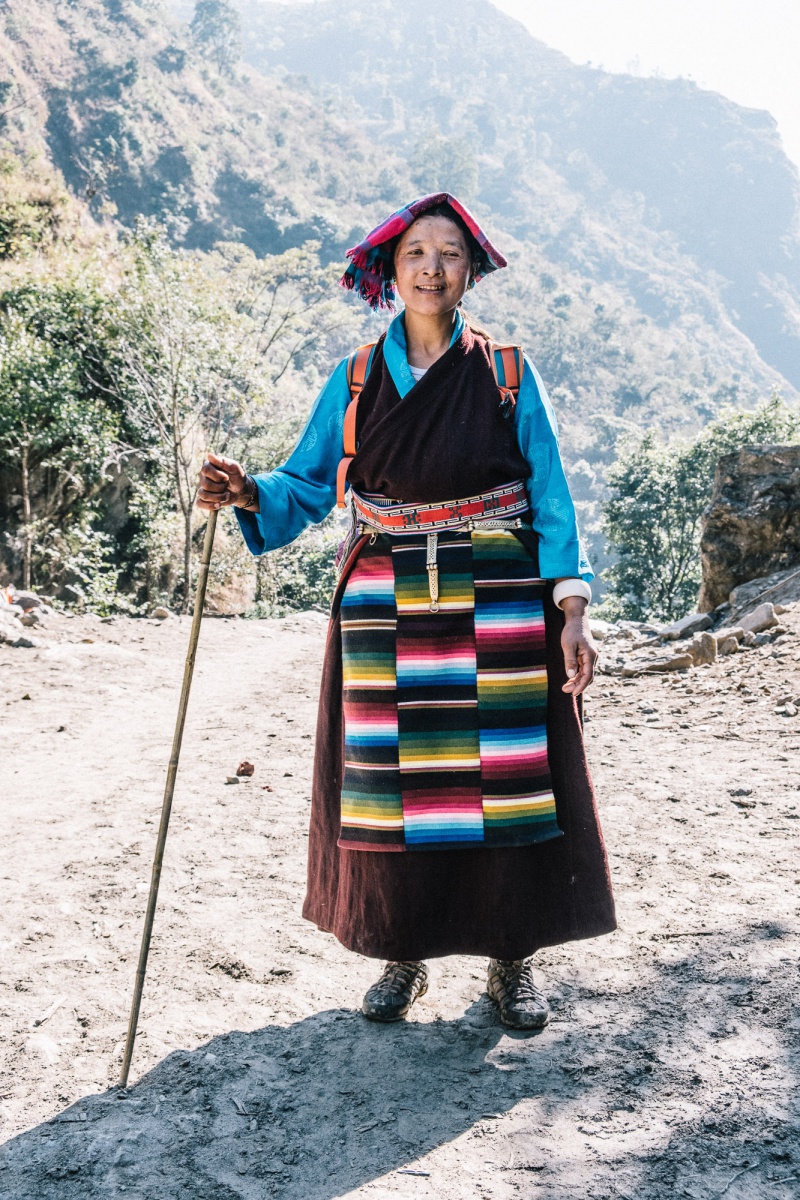
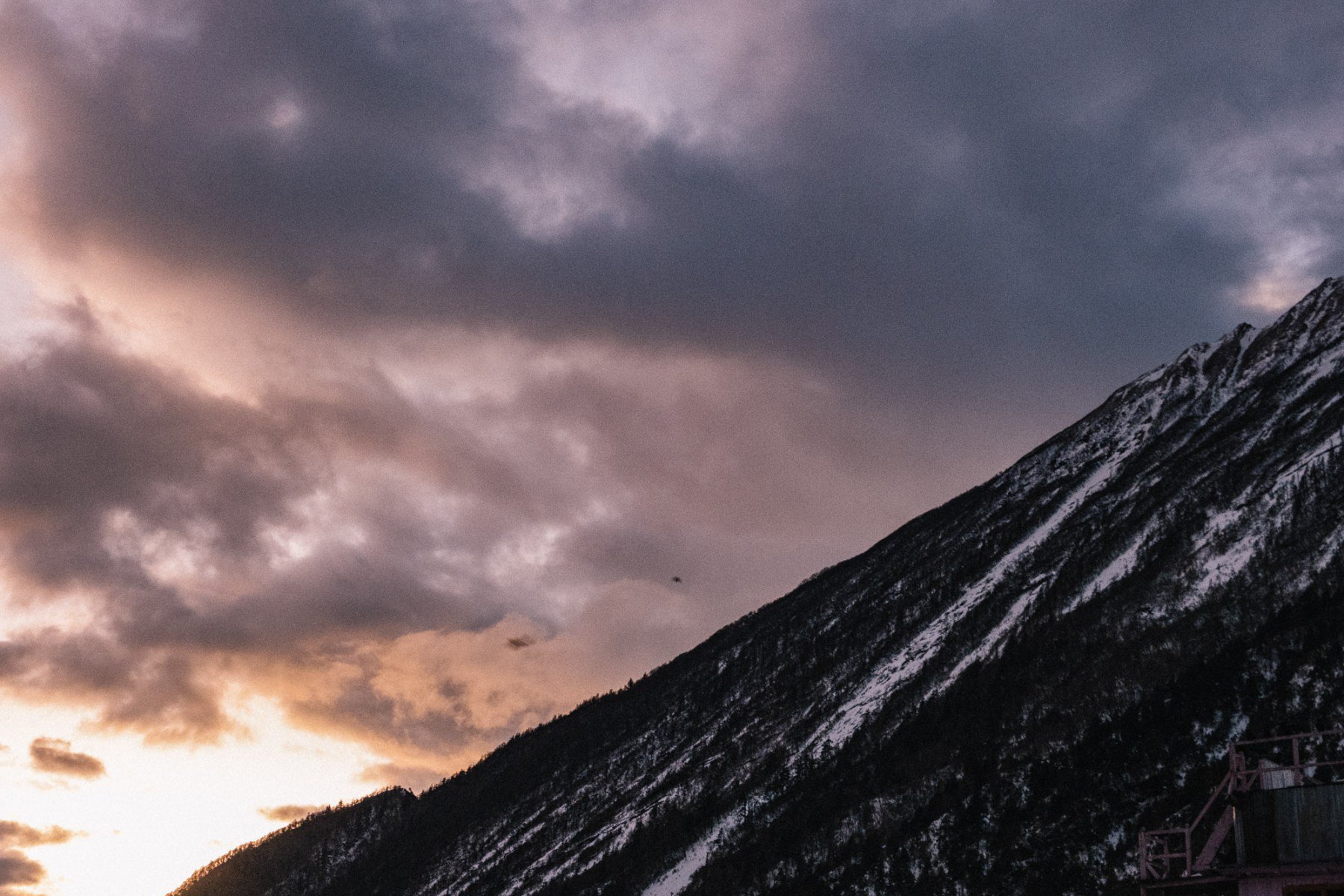
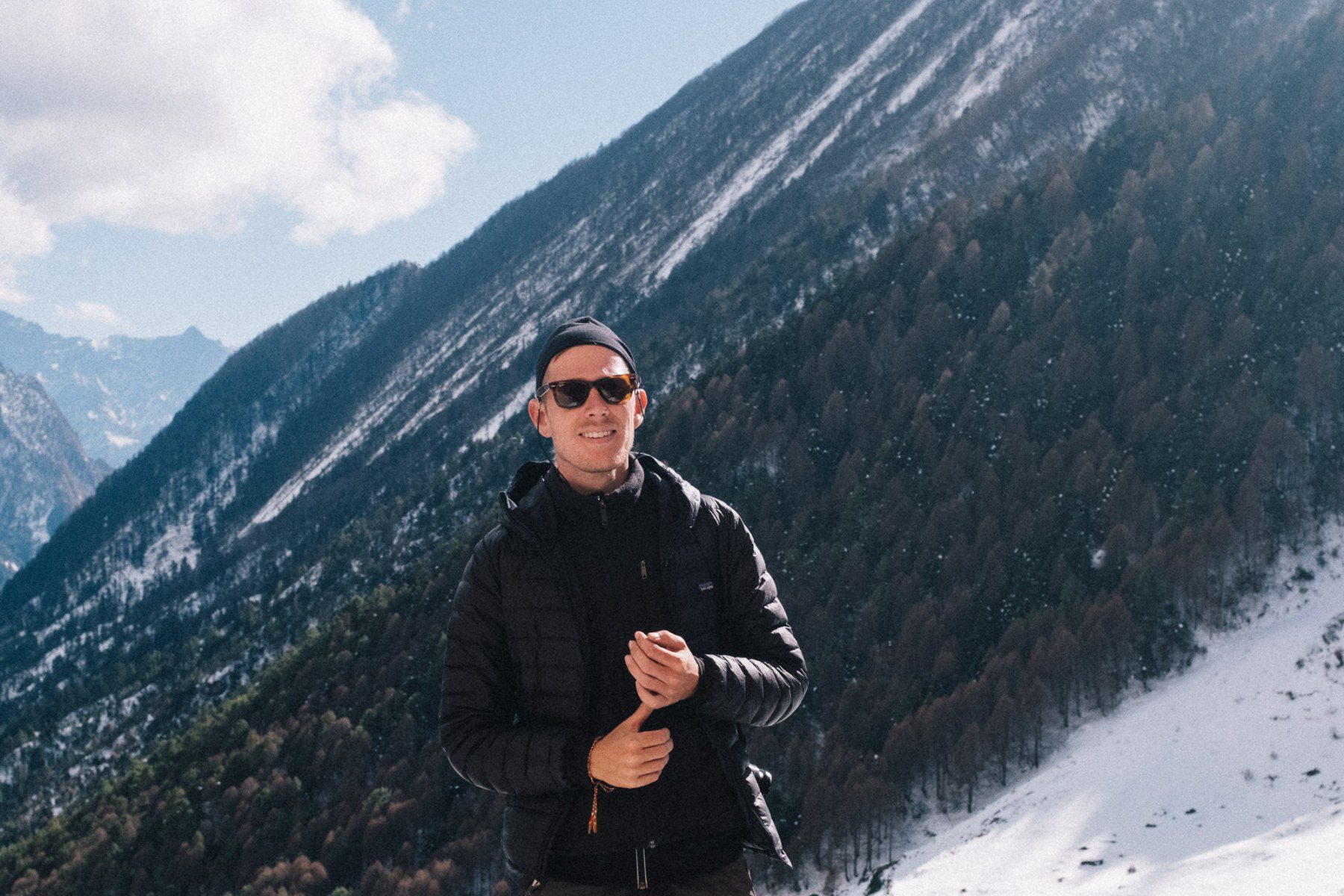
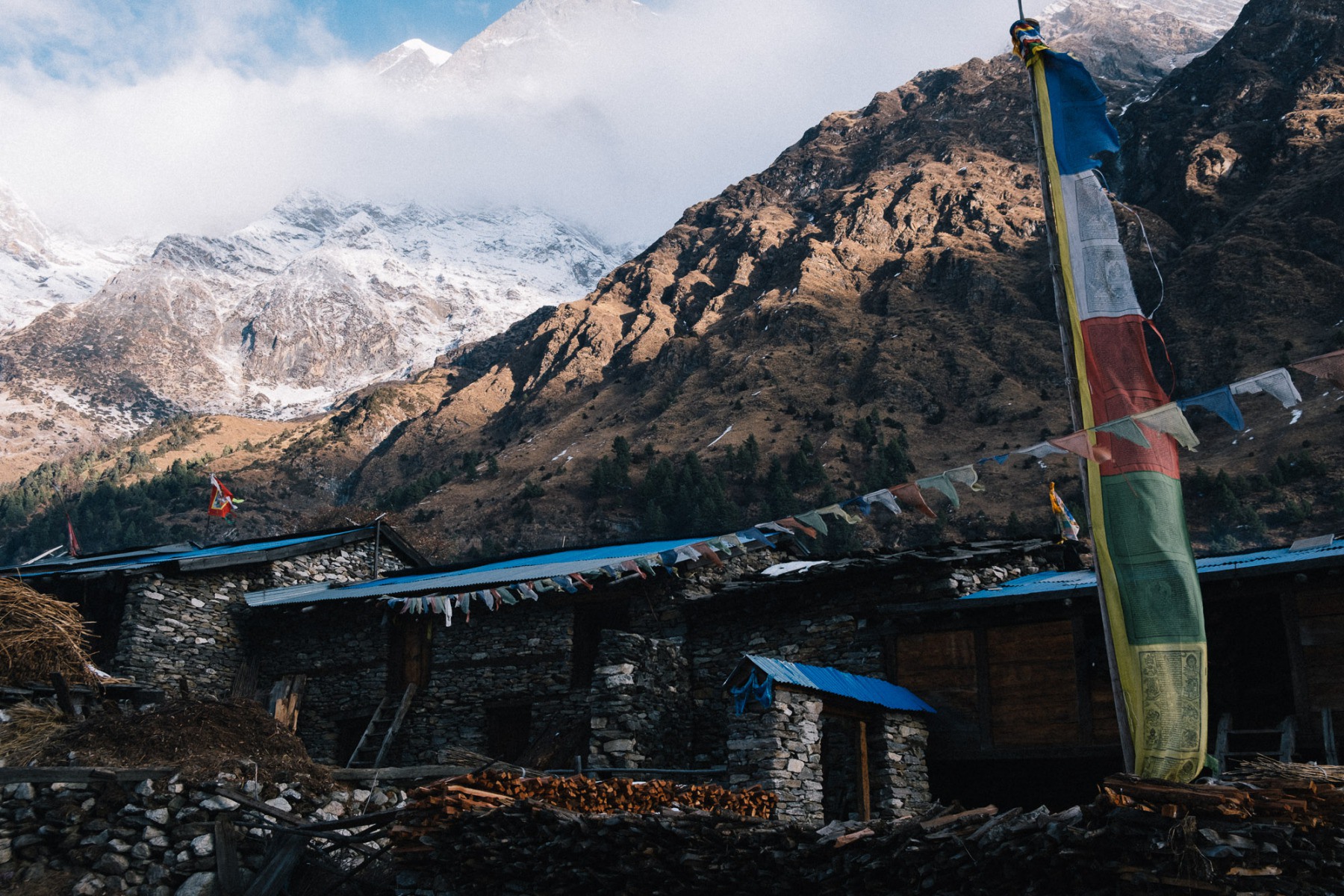
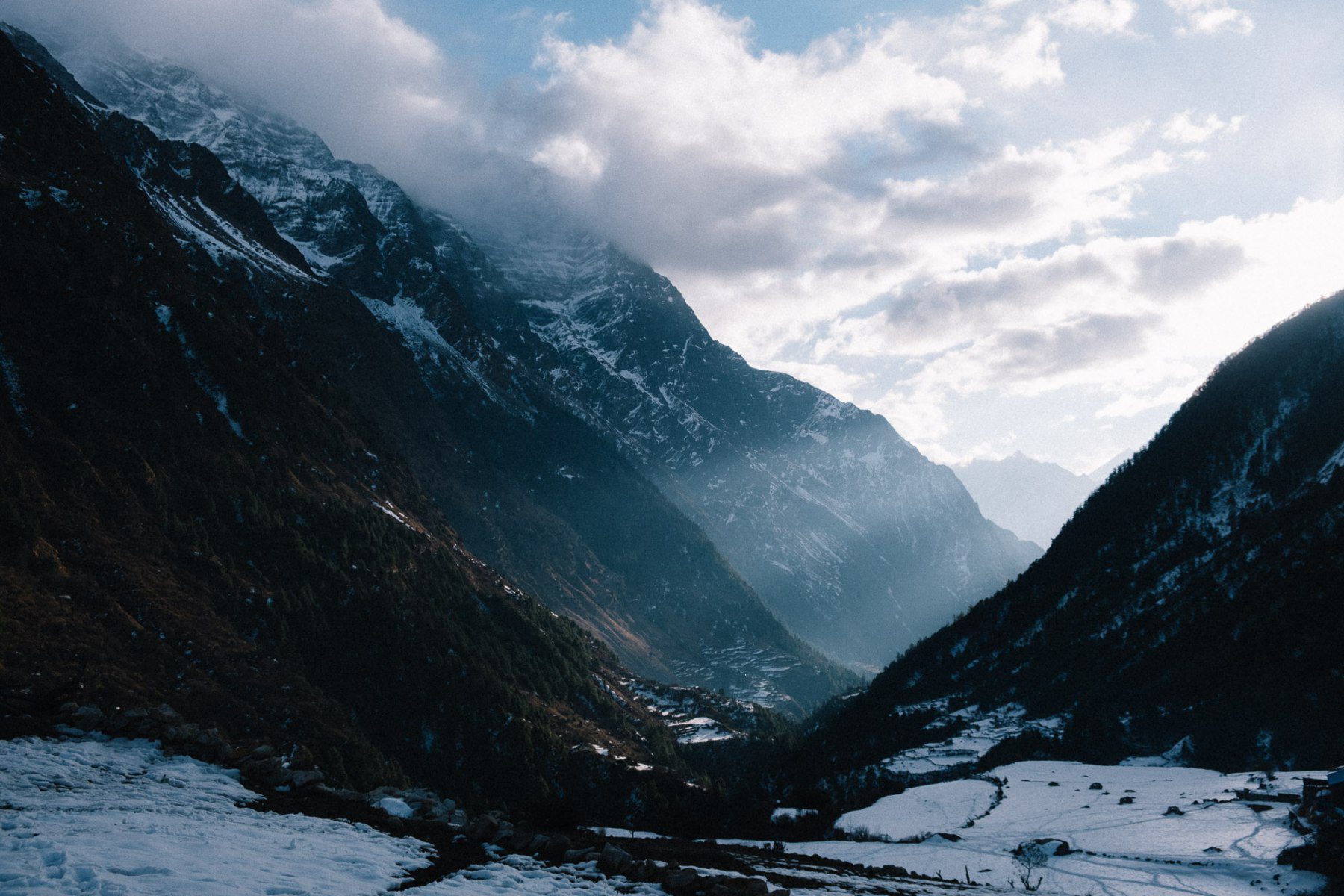
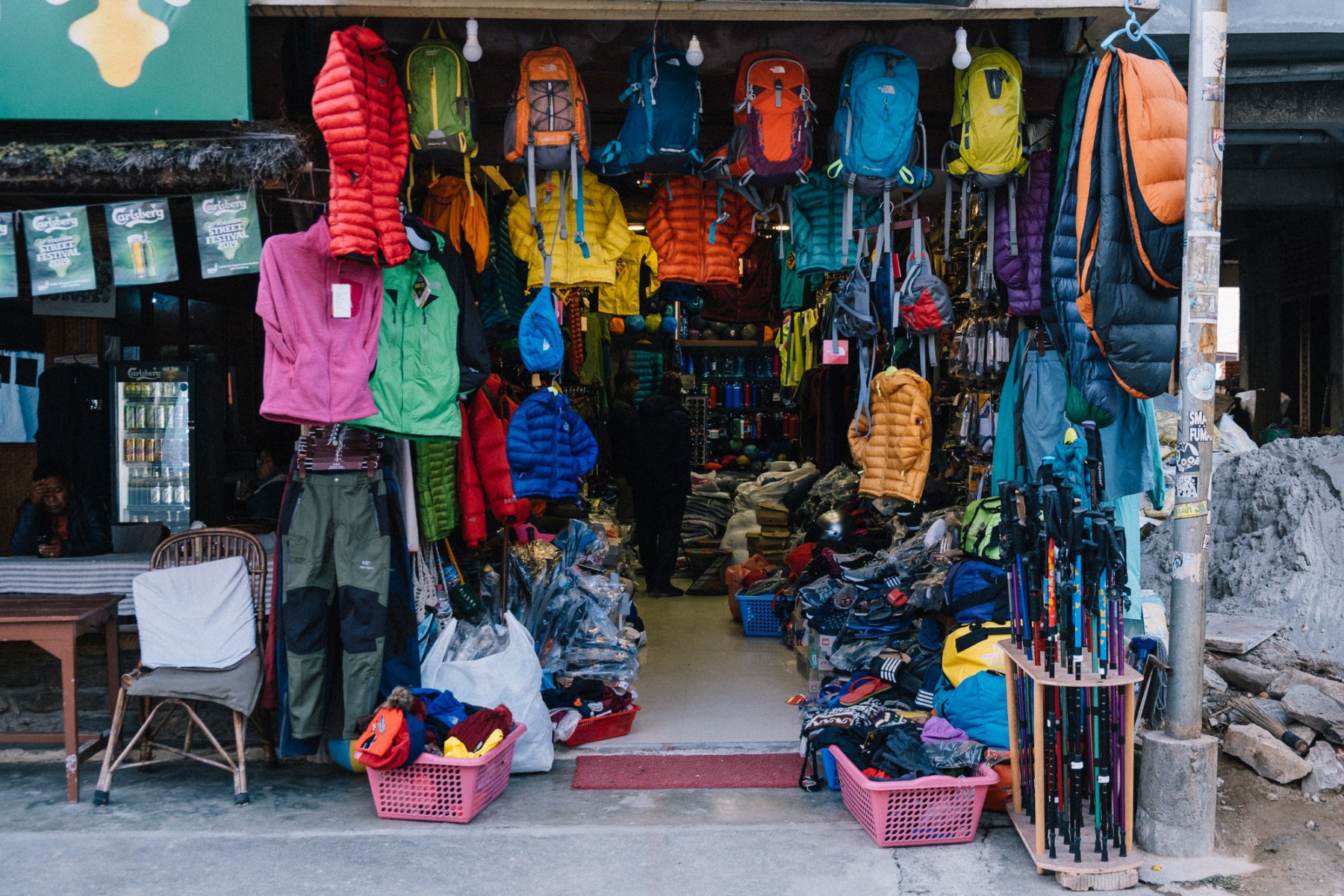
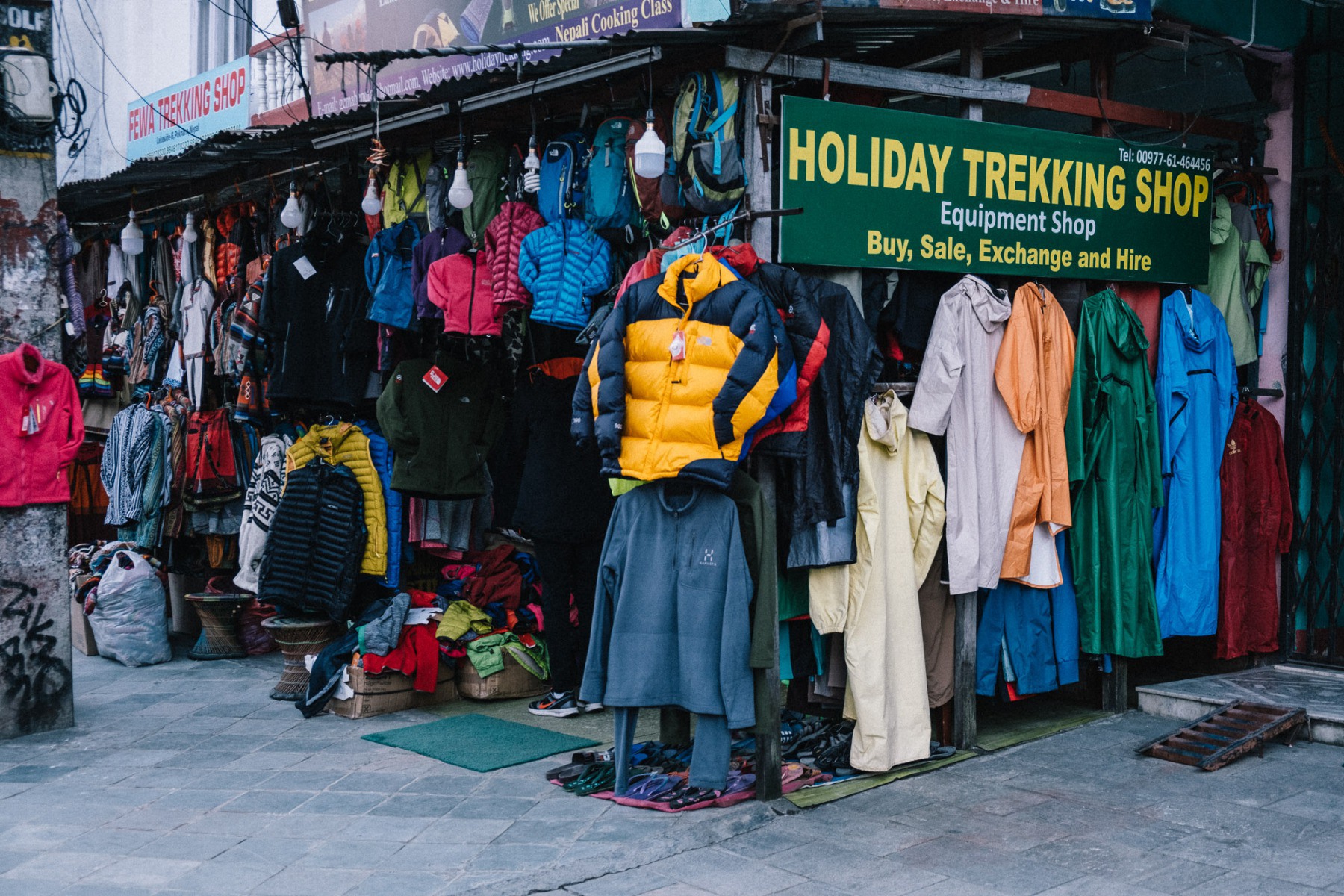
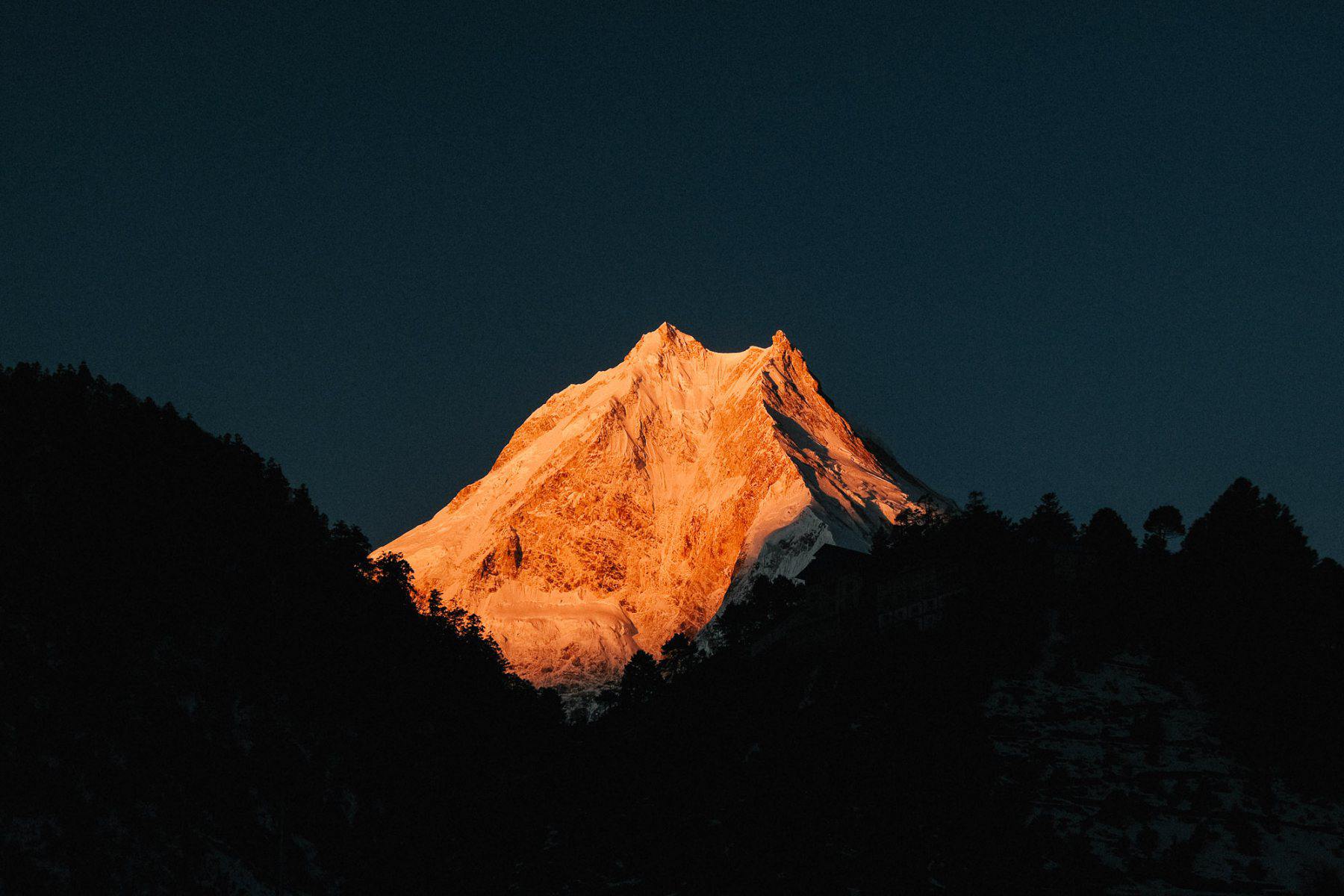
Leave a Reply